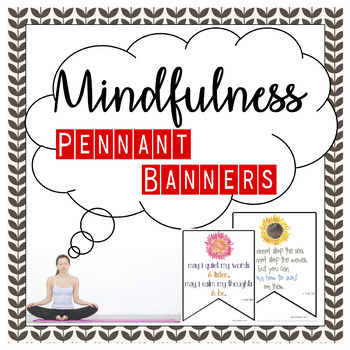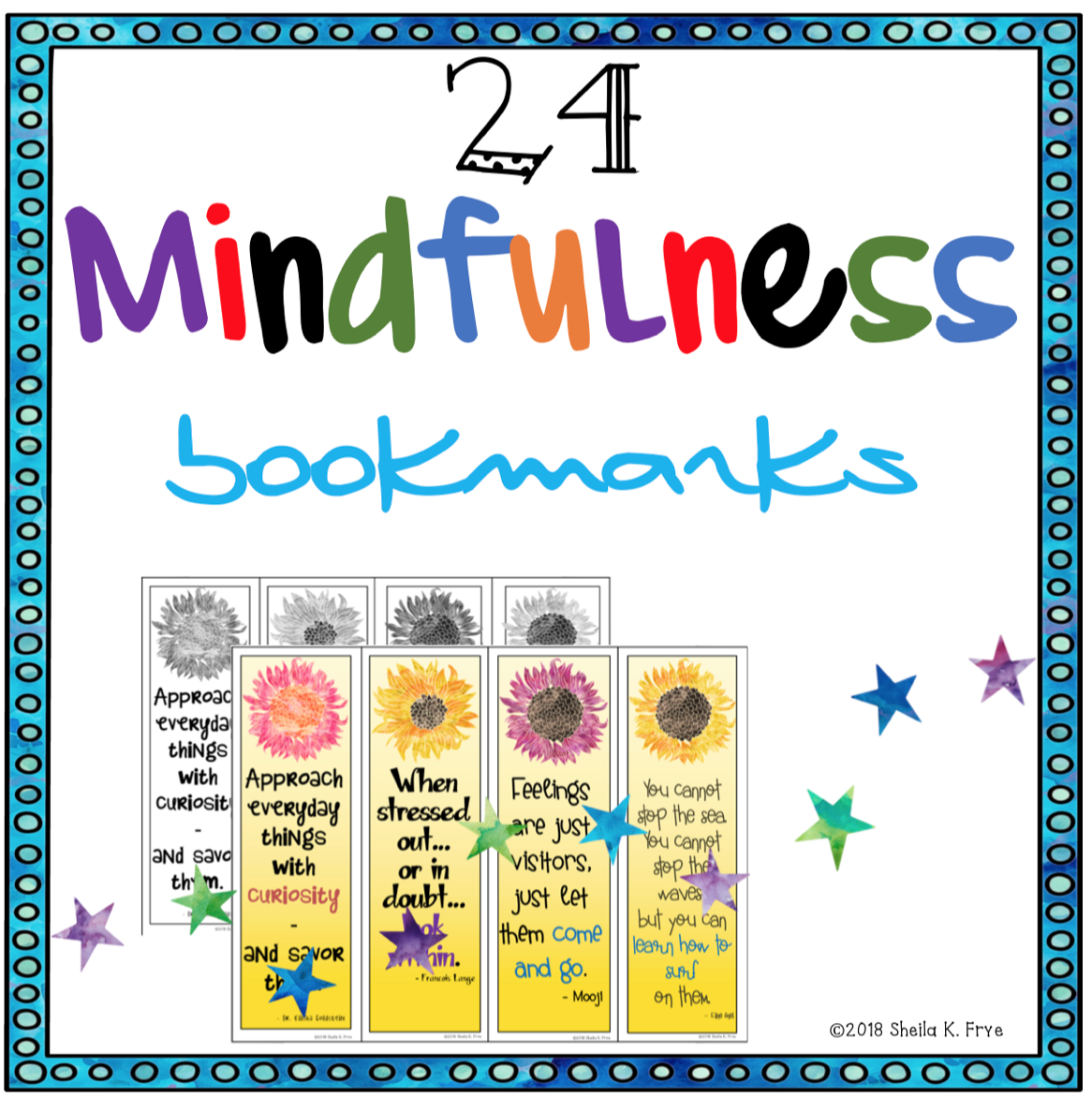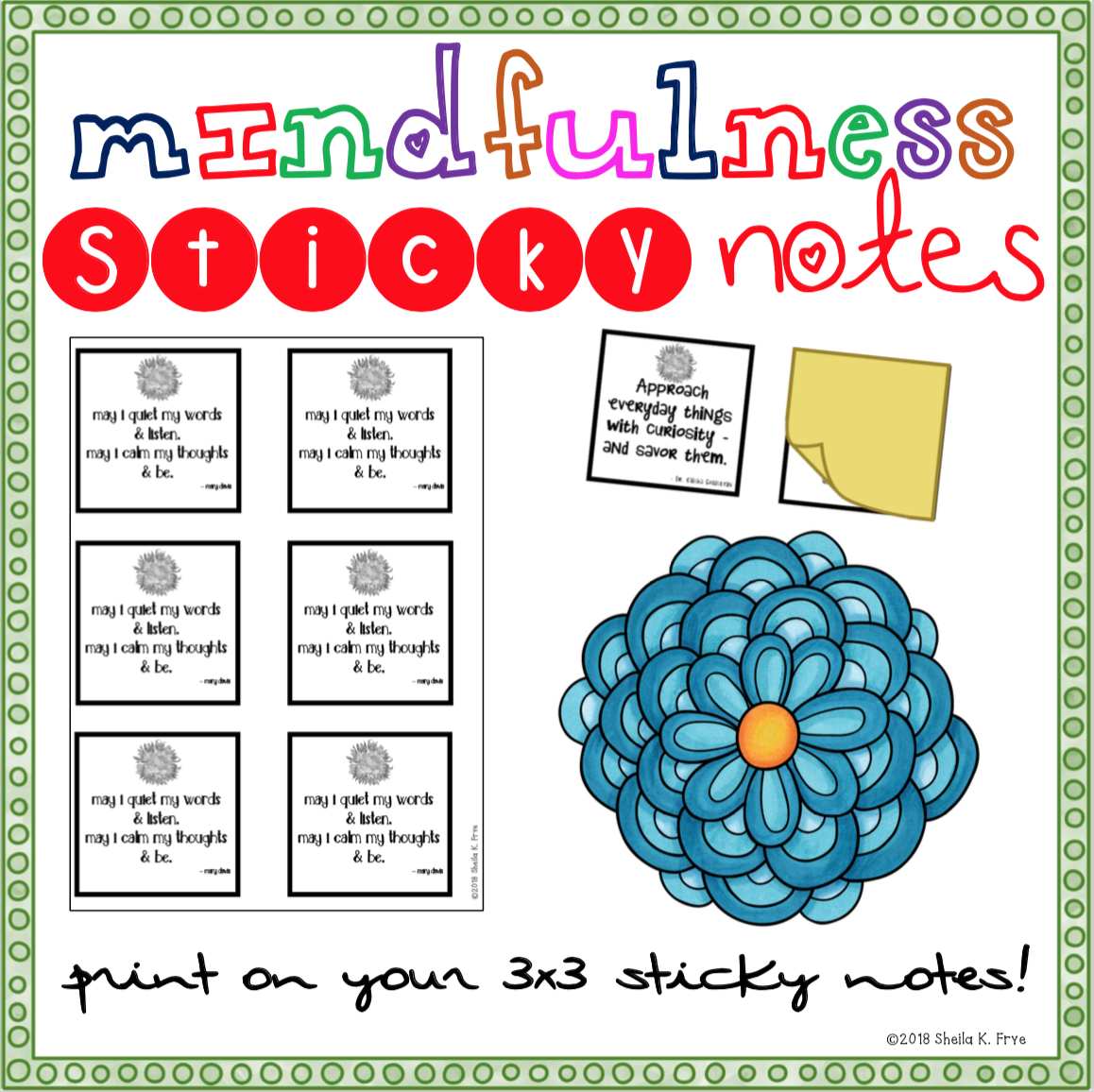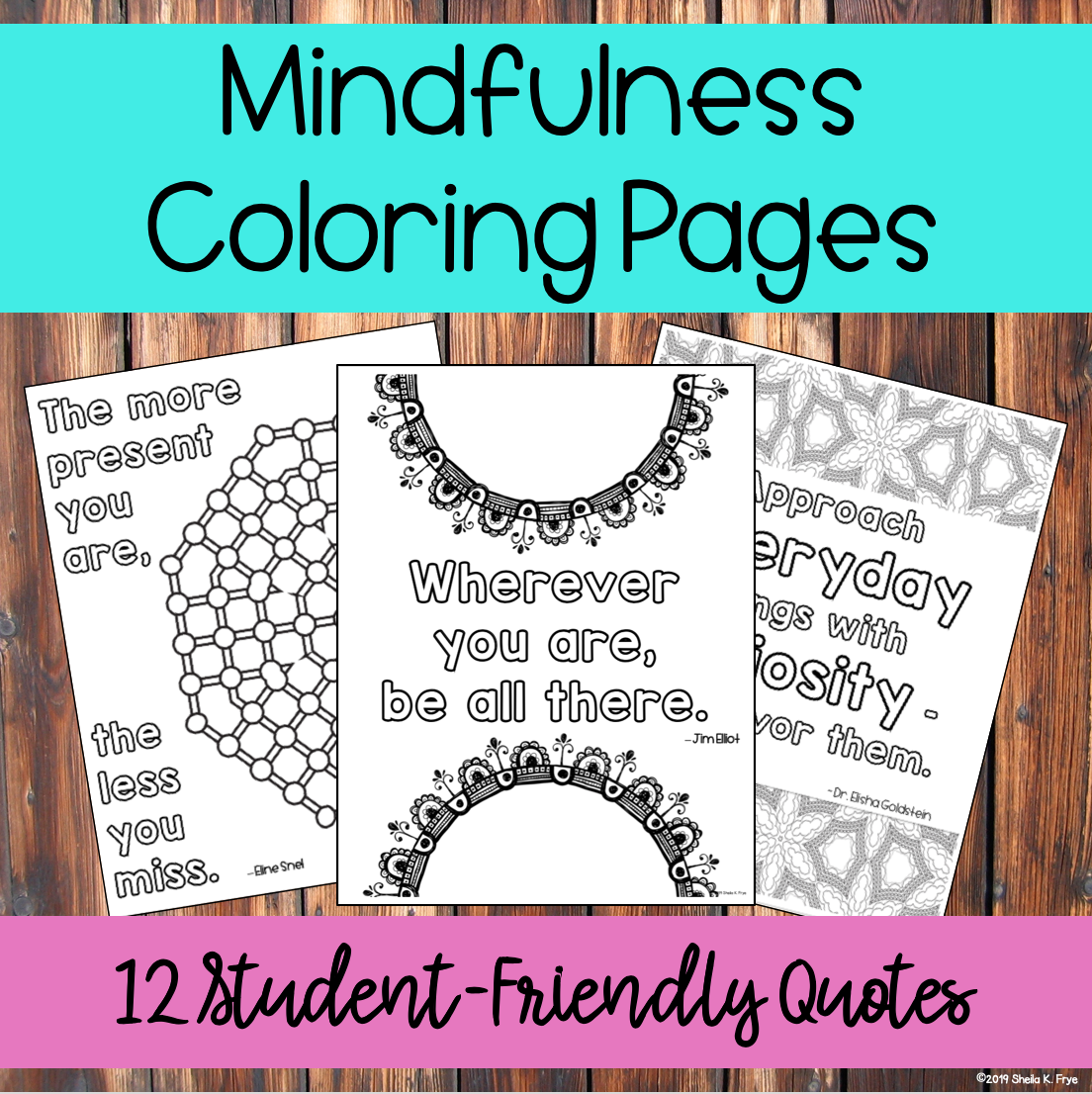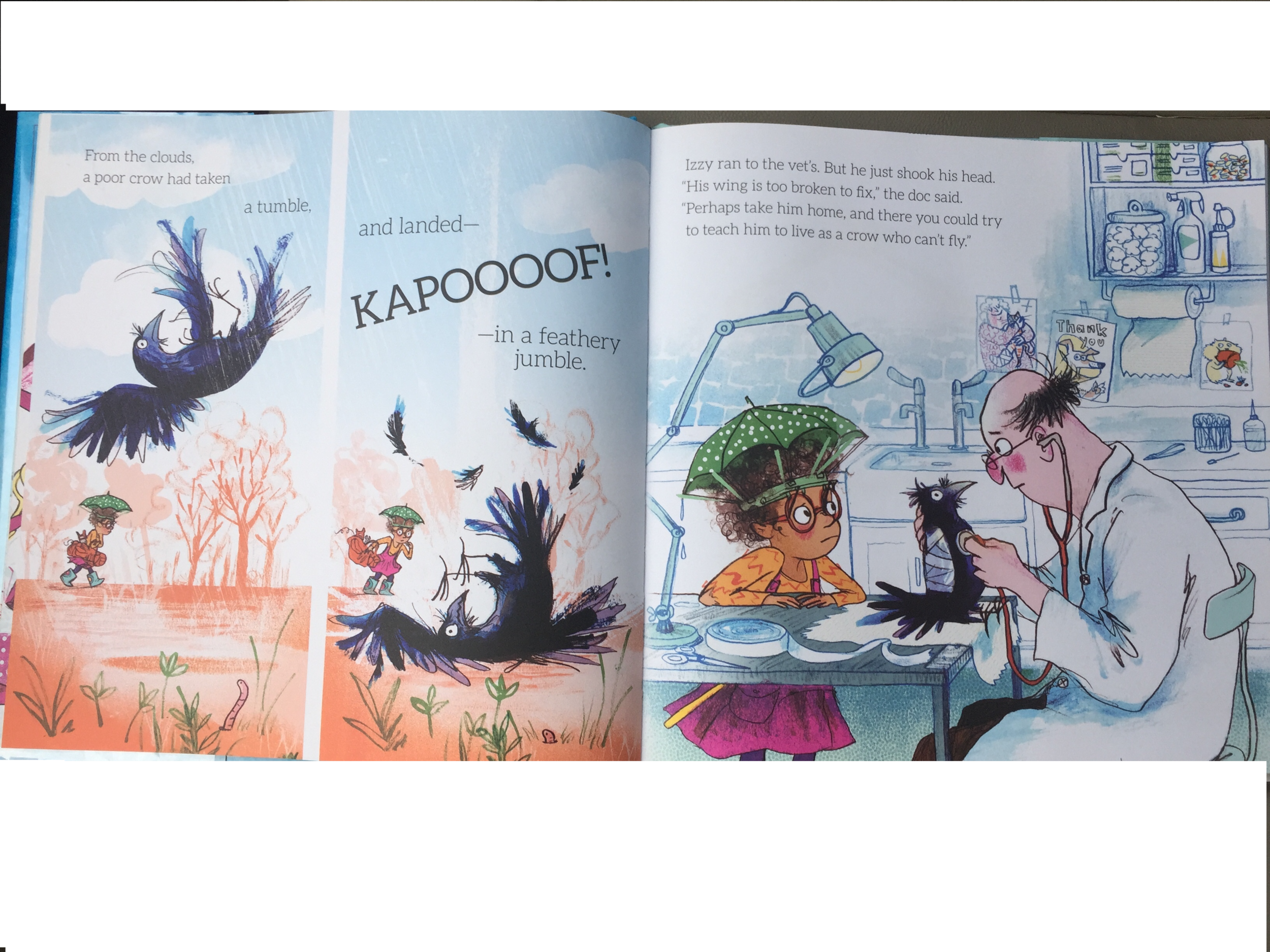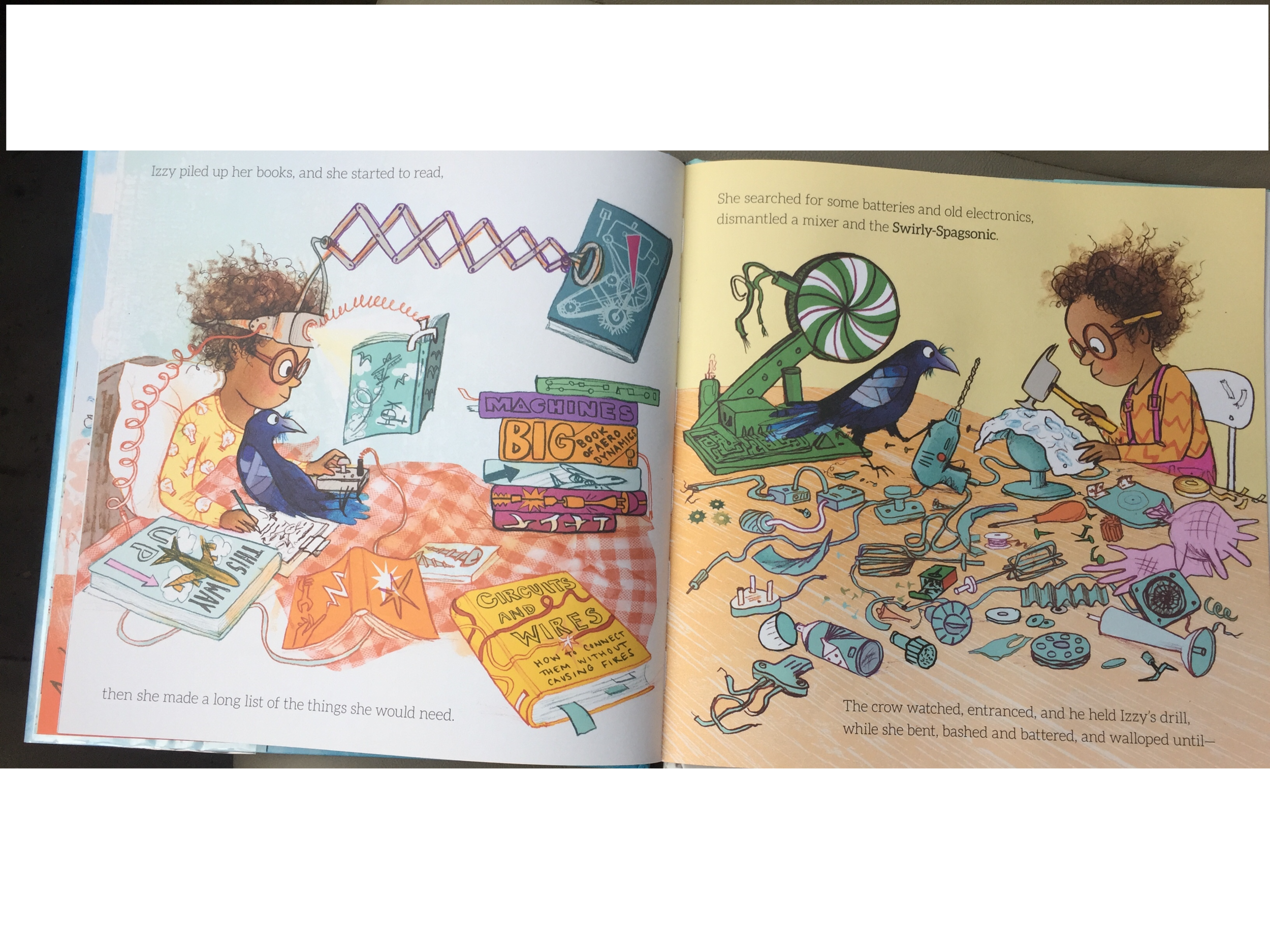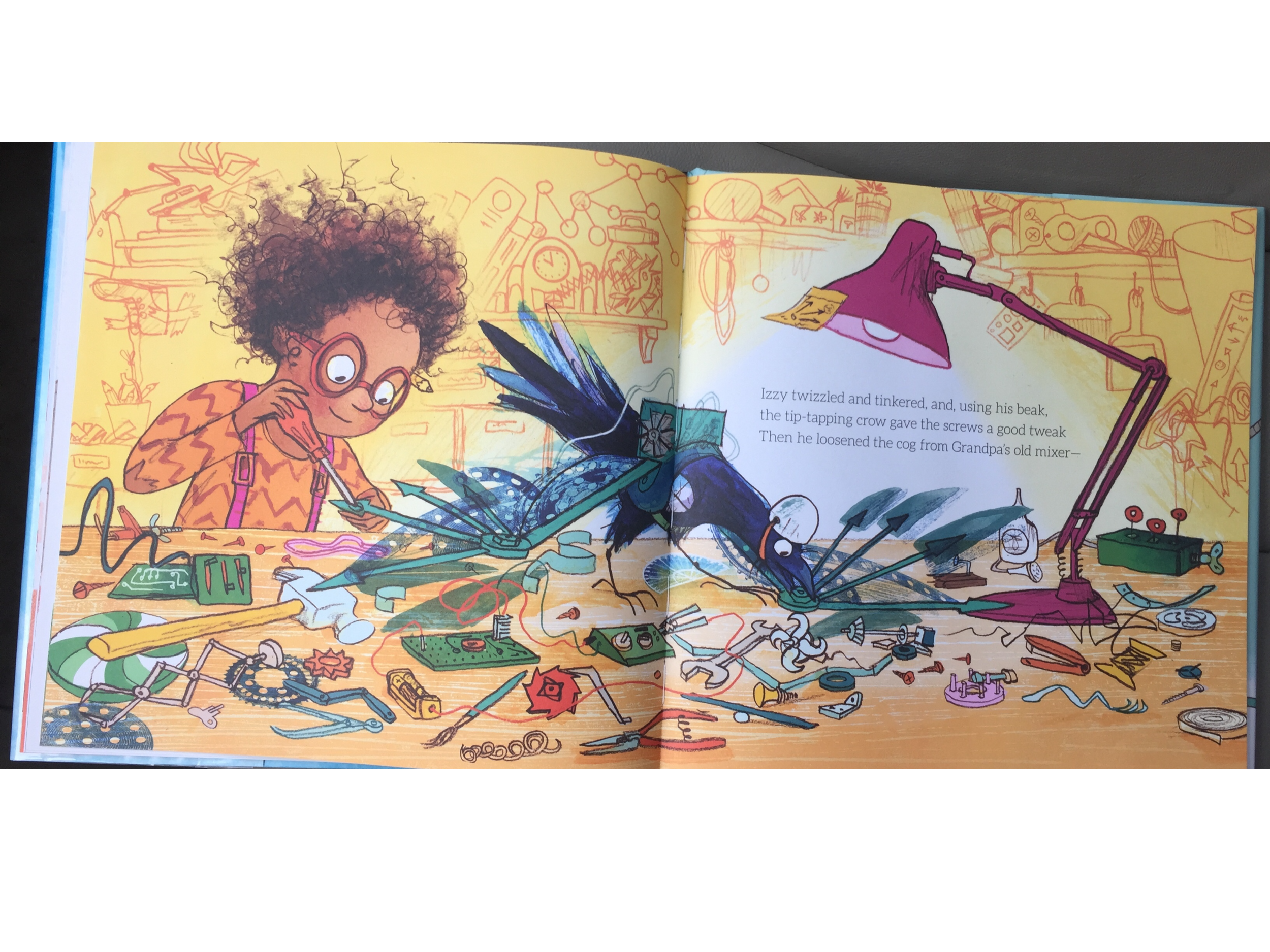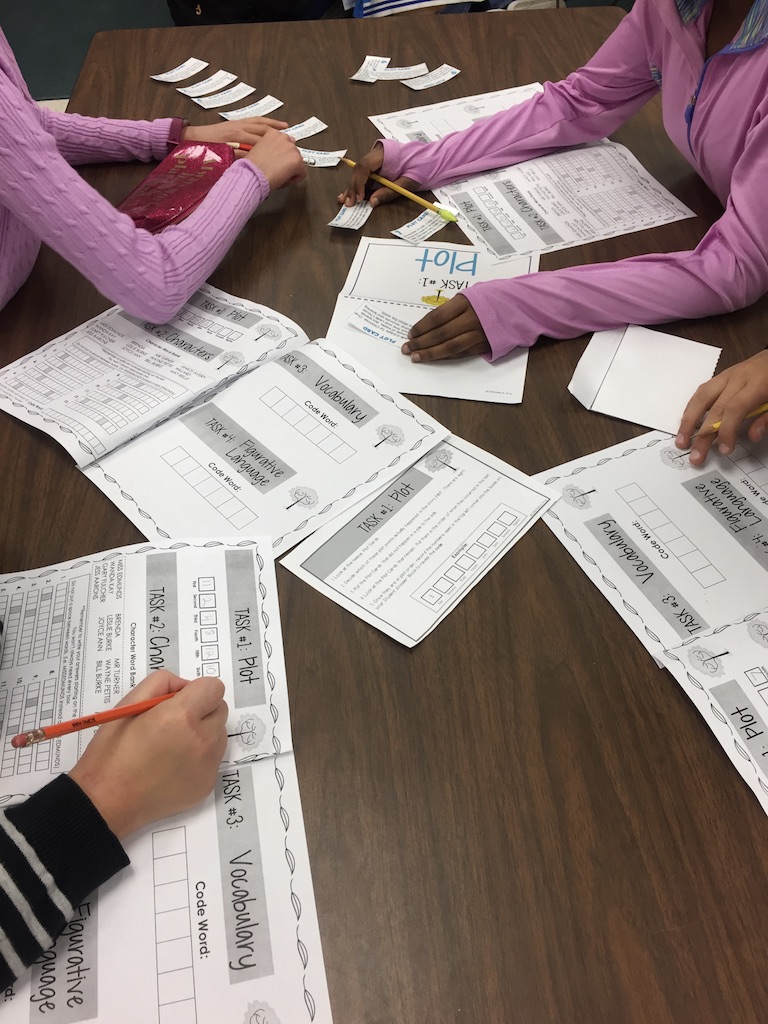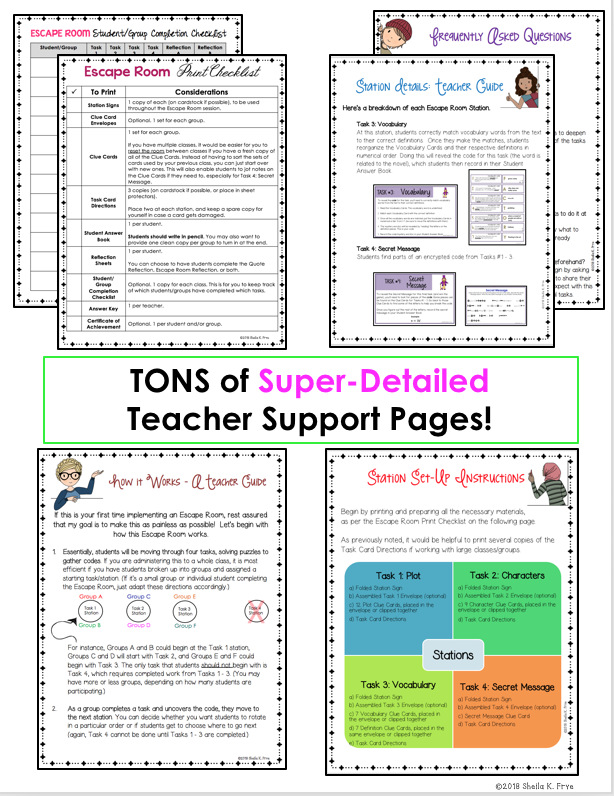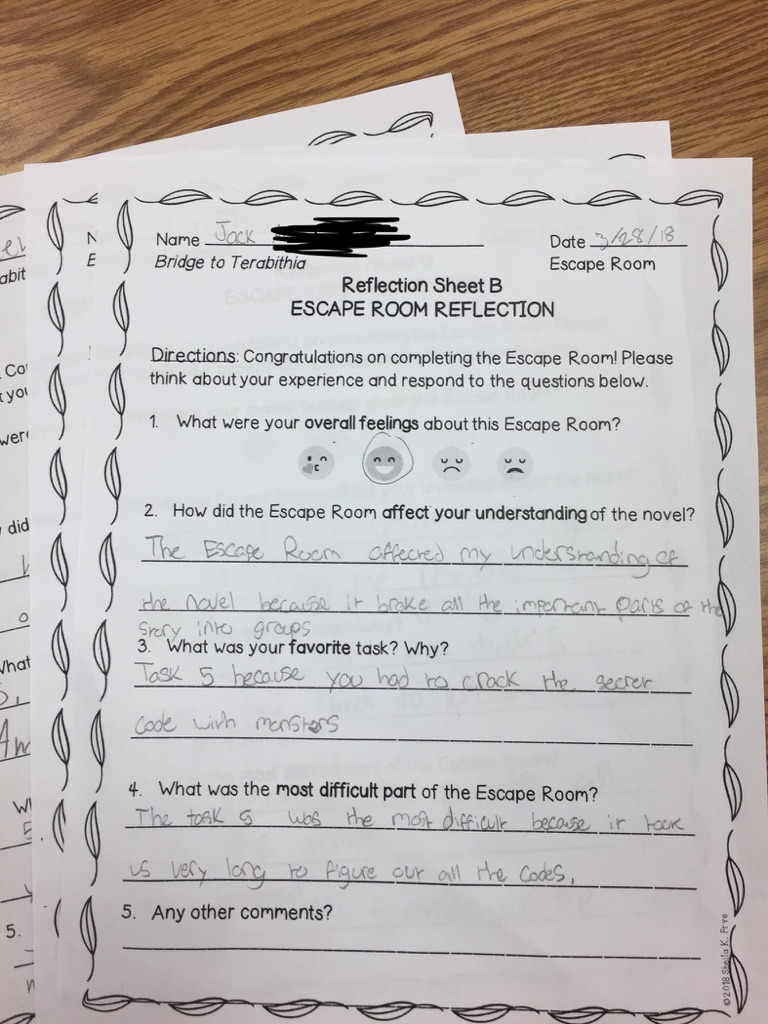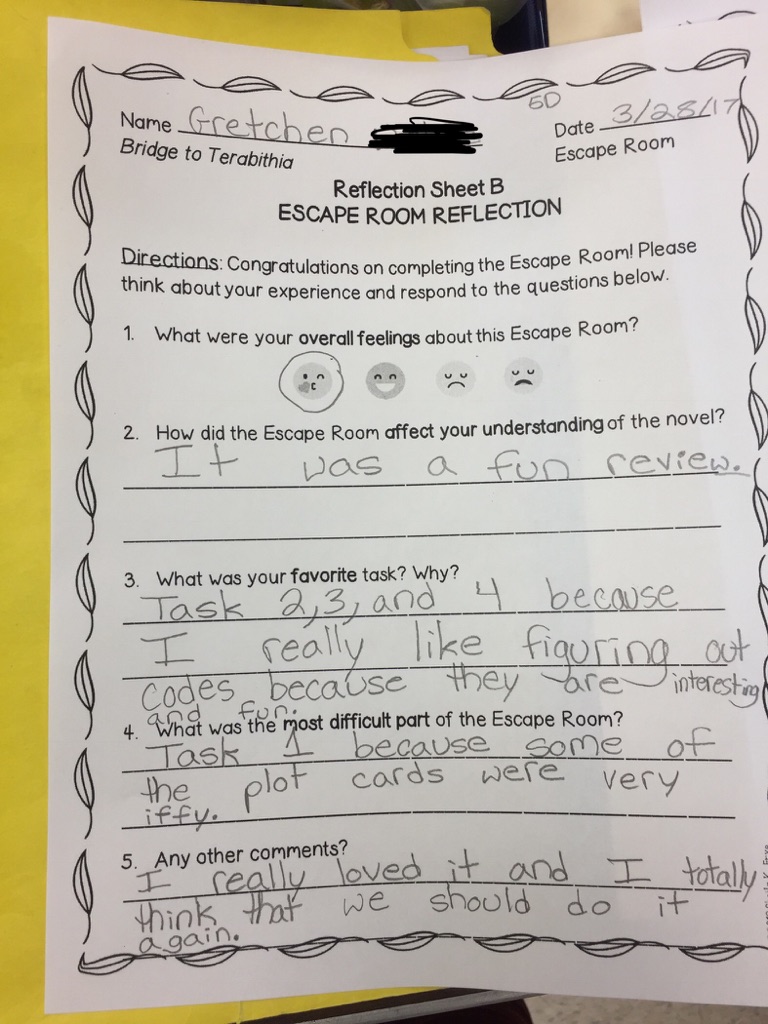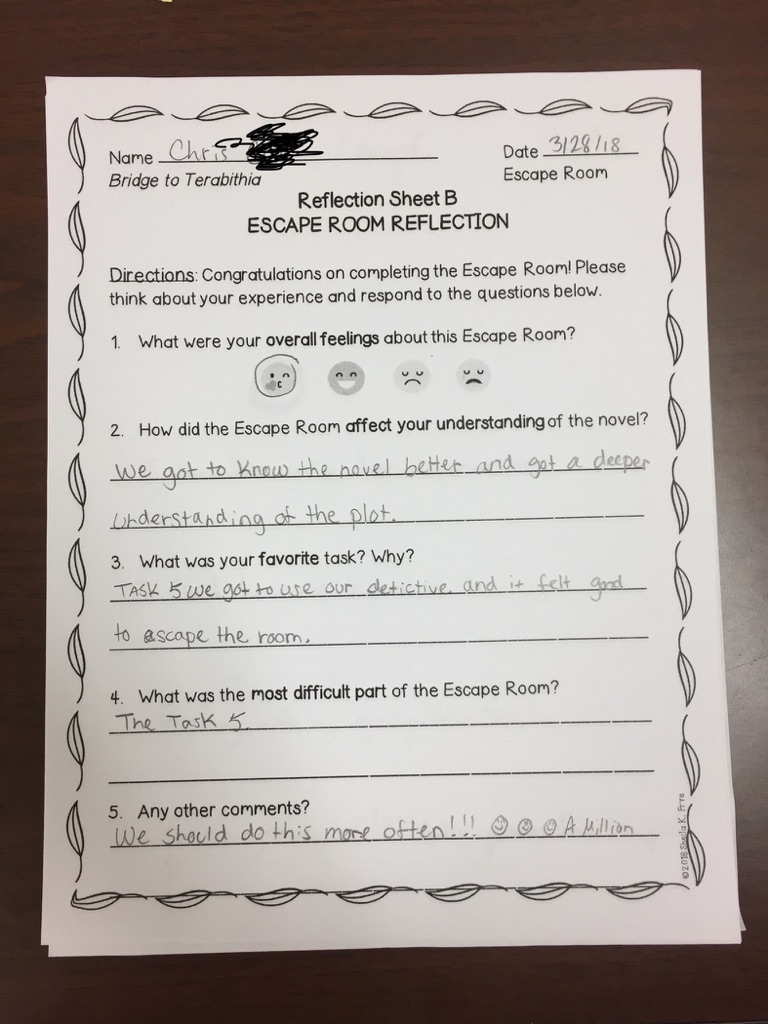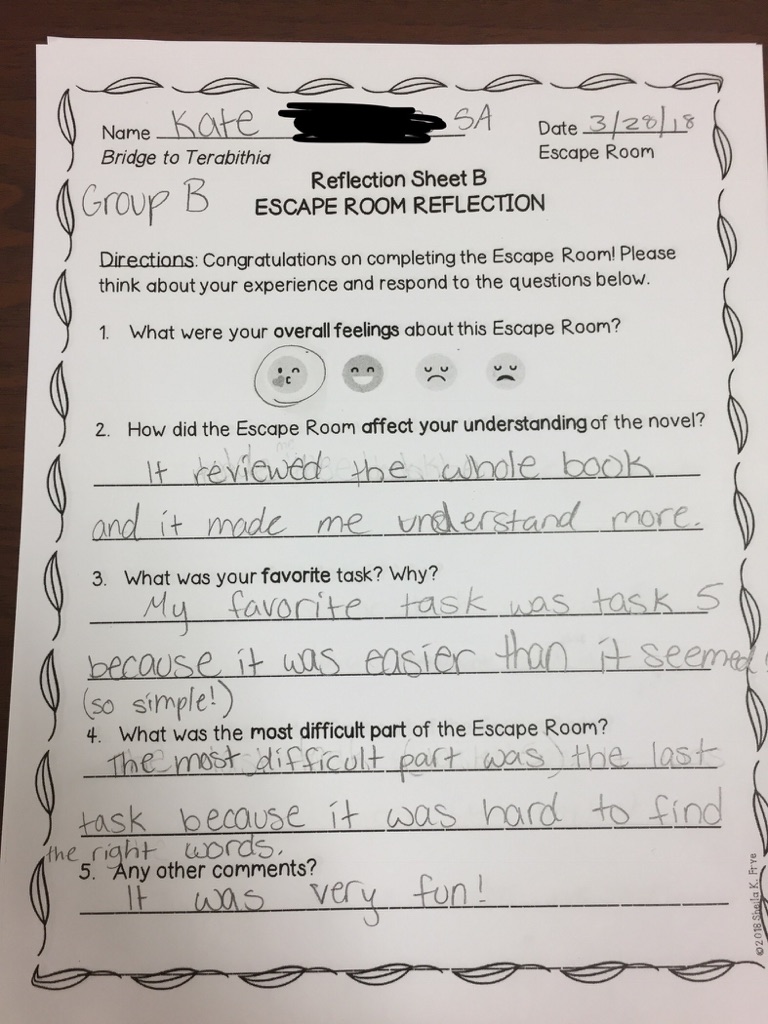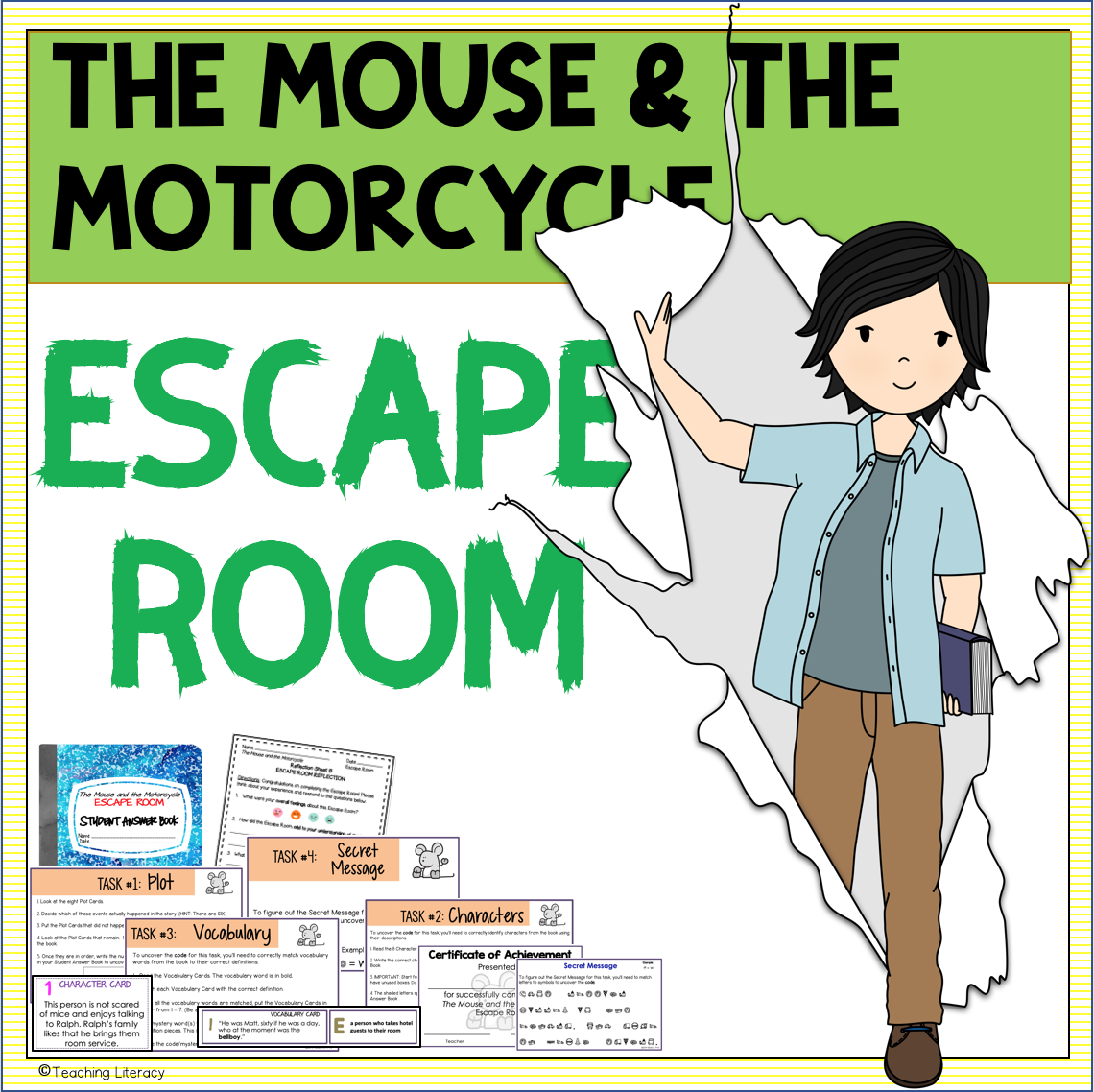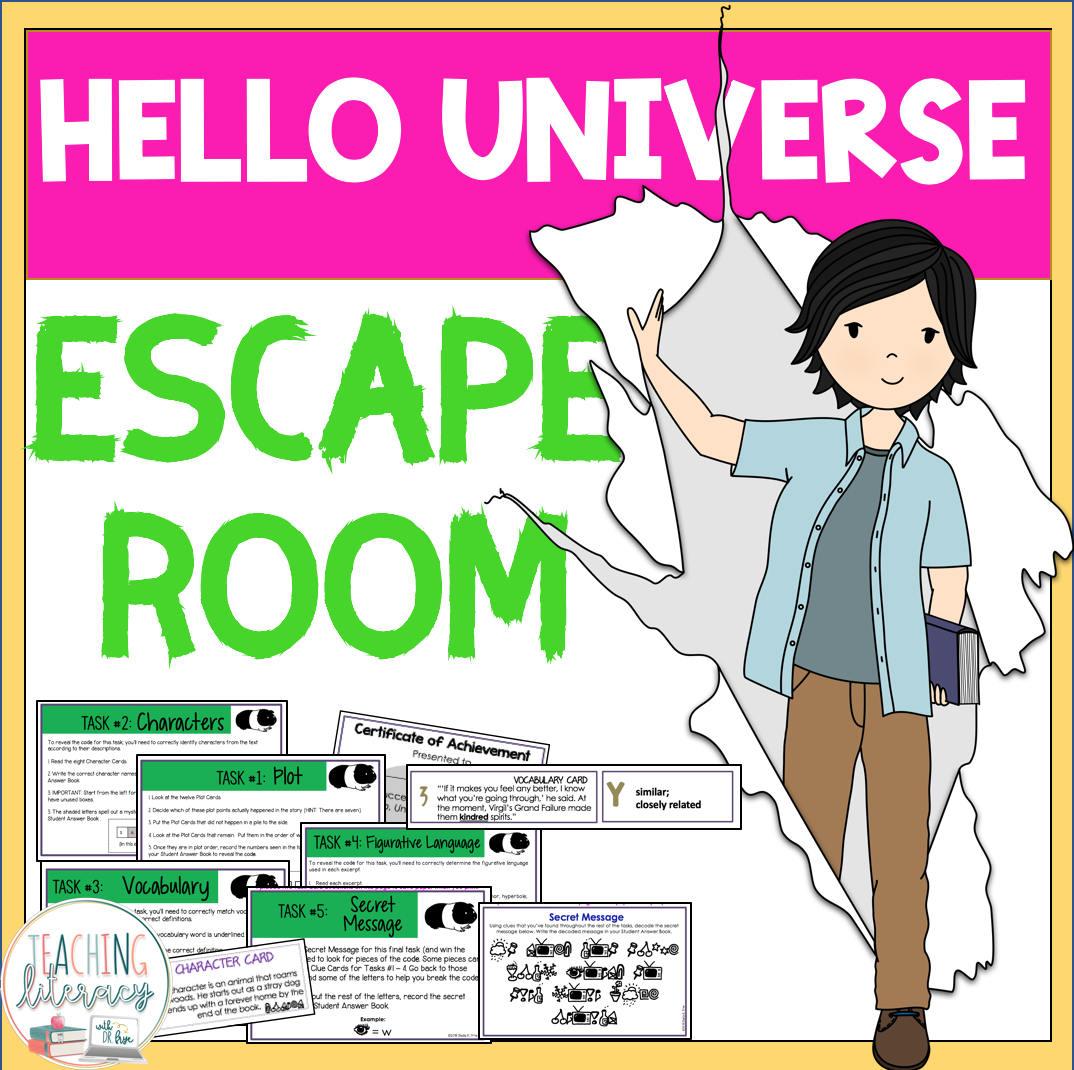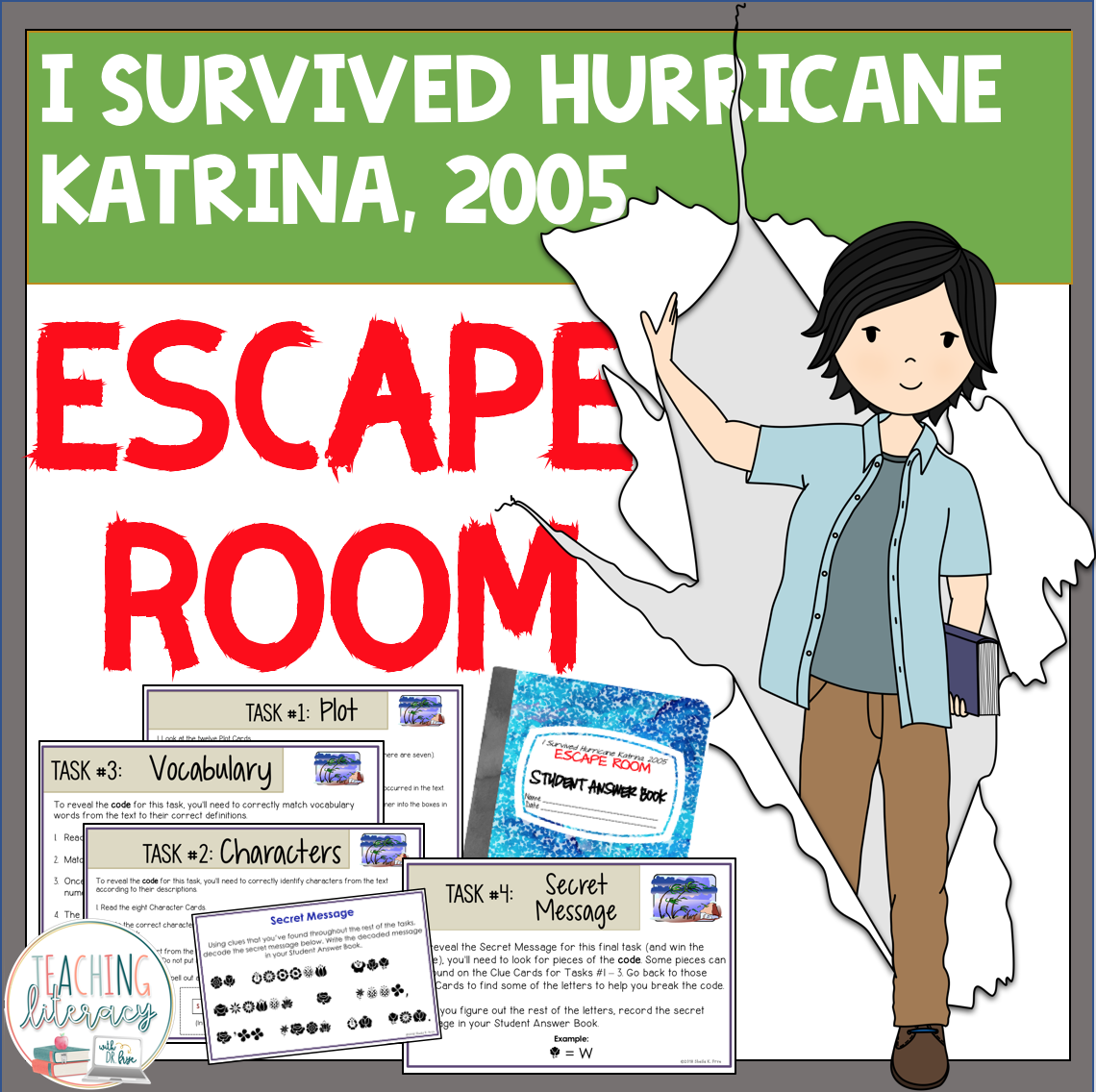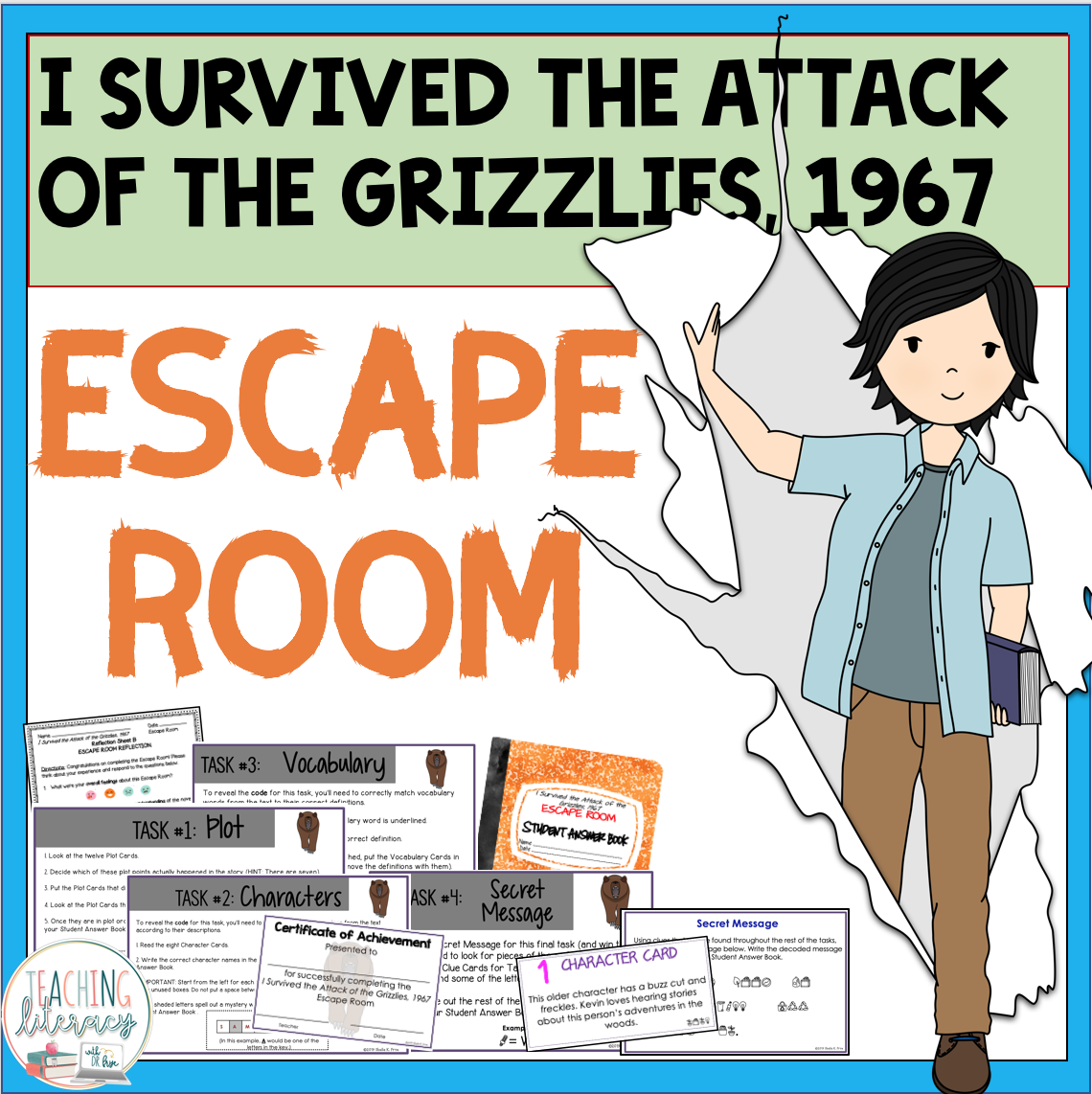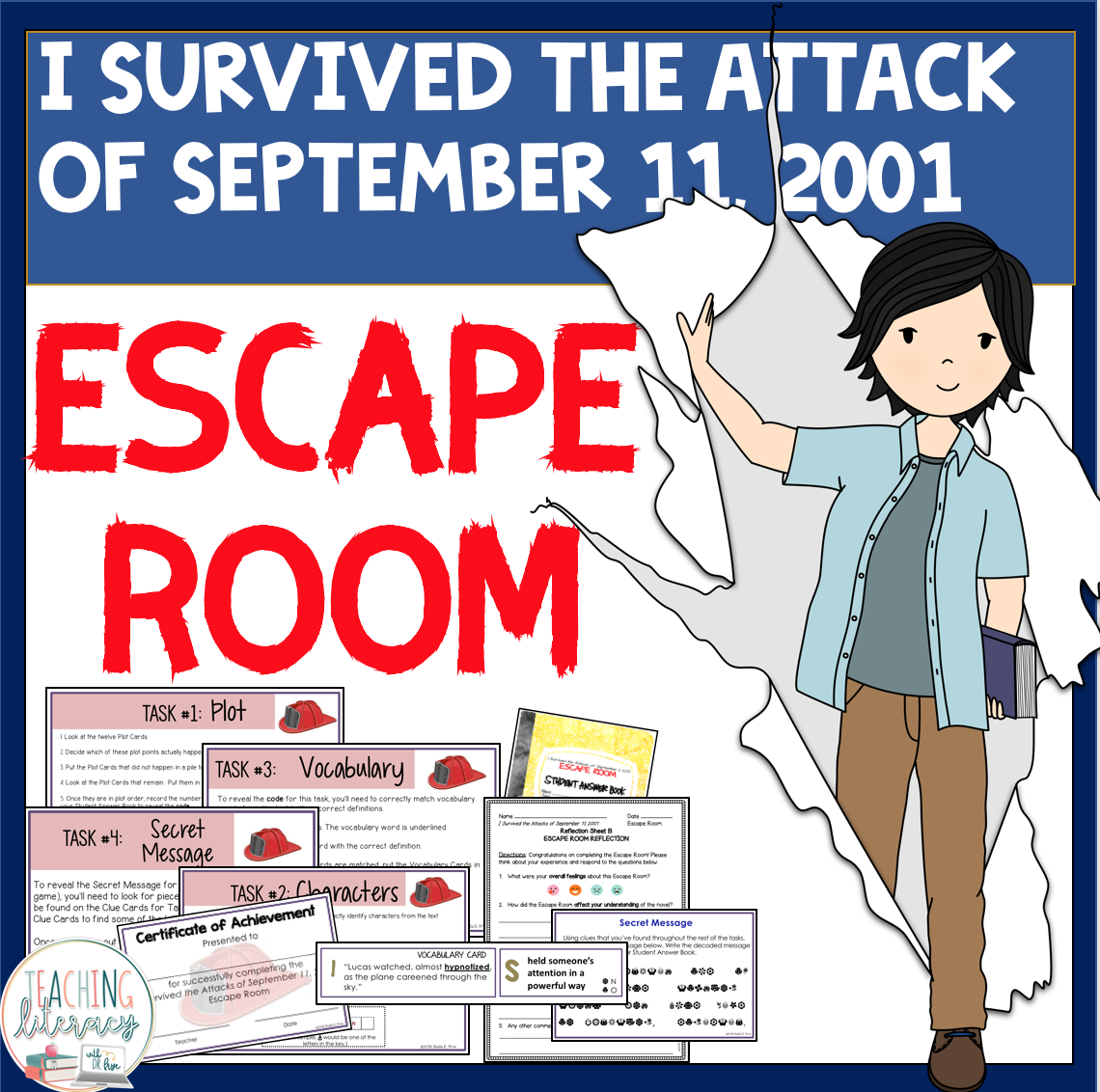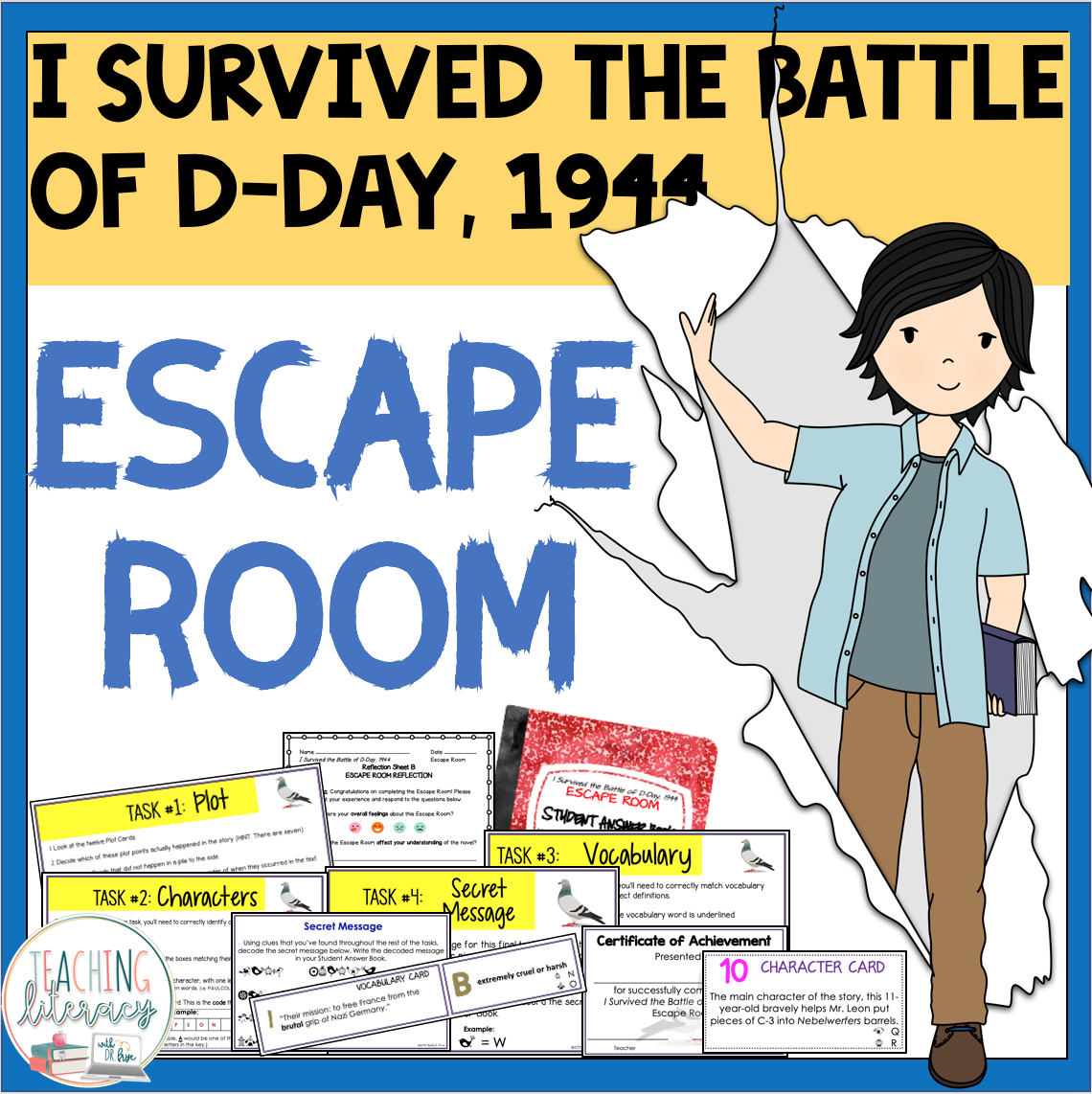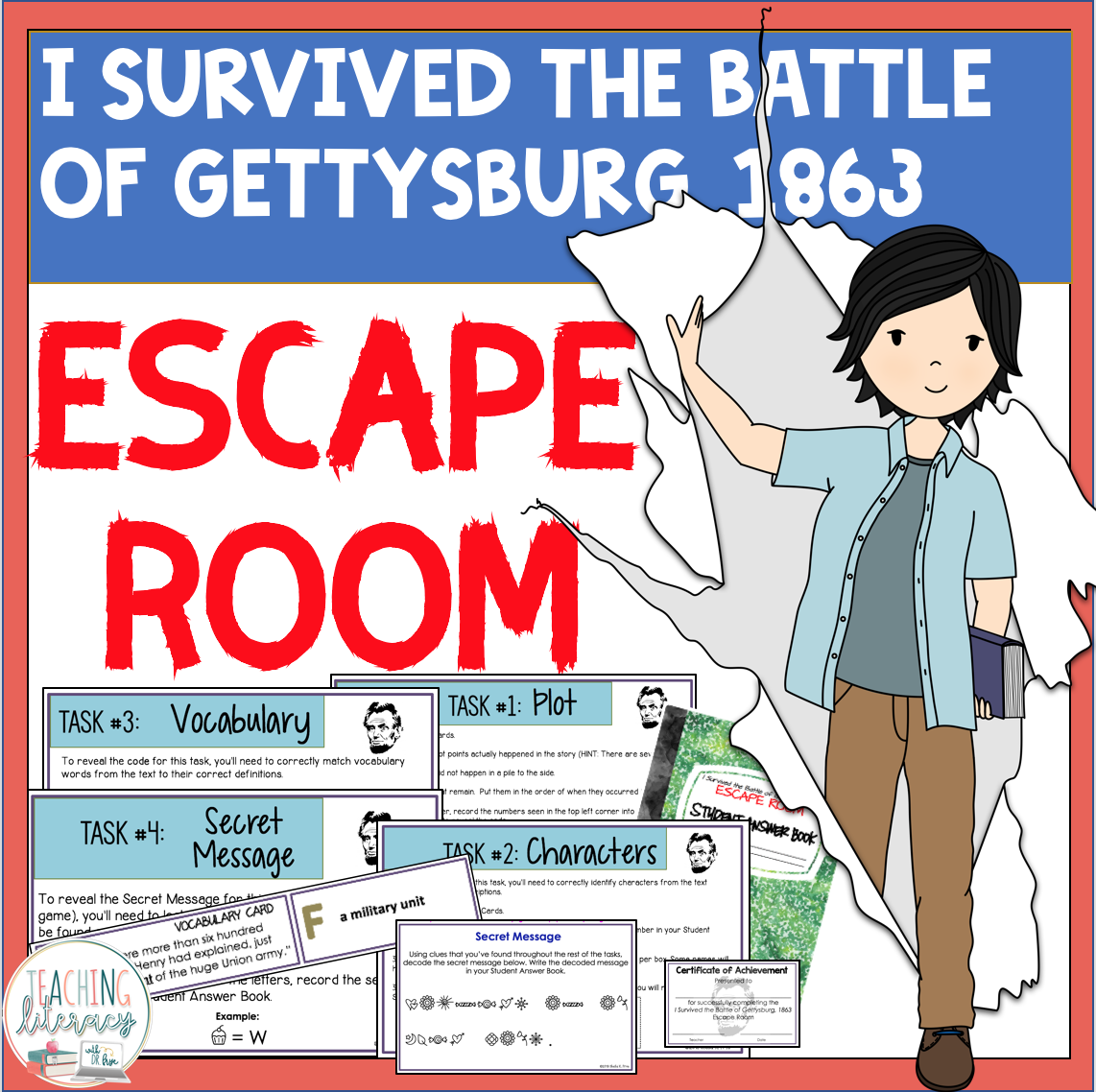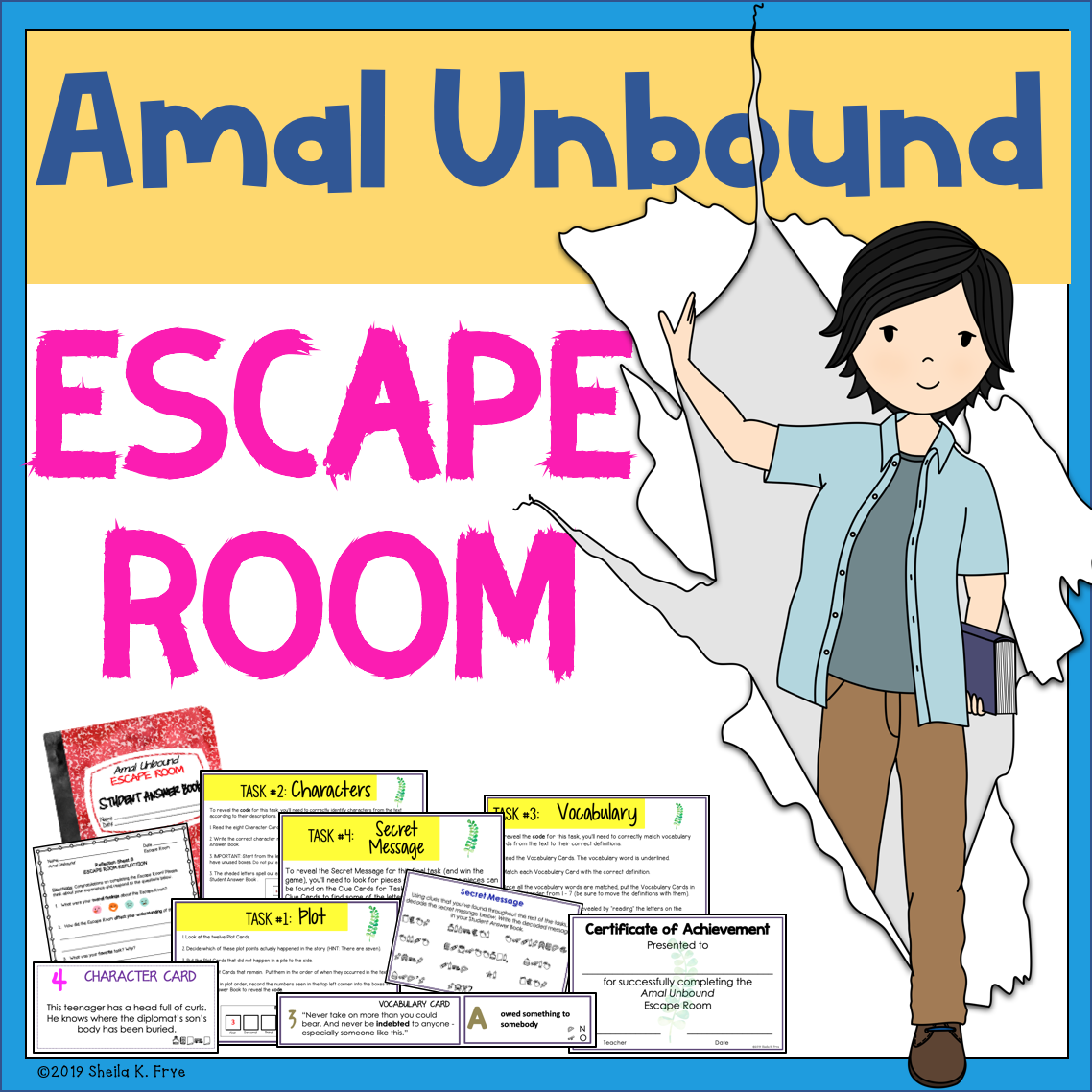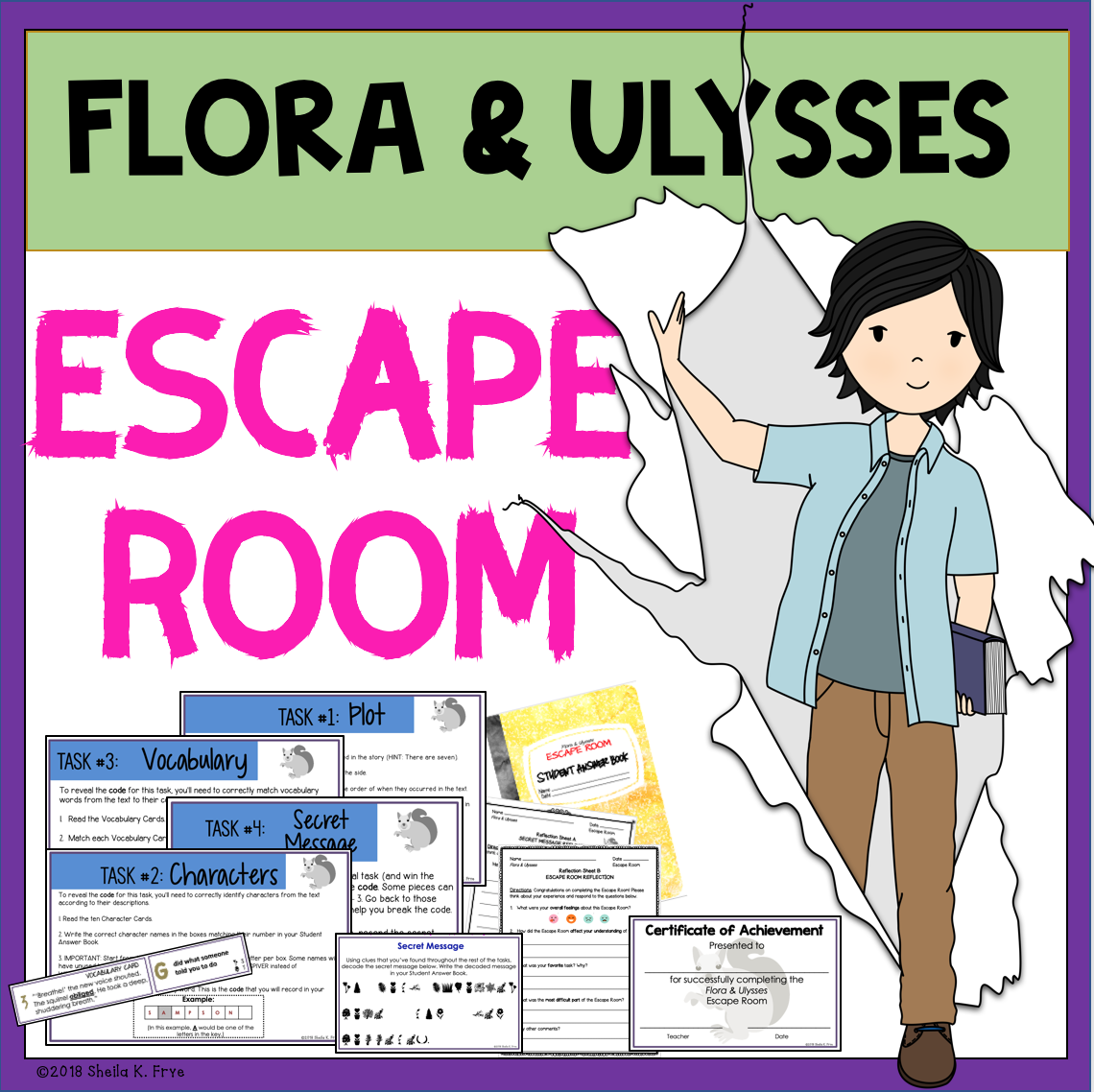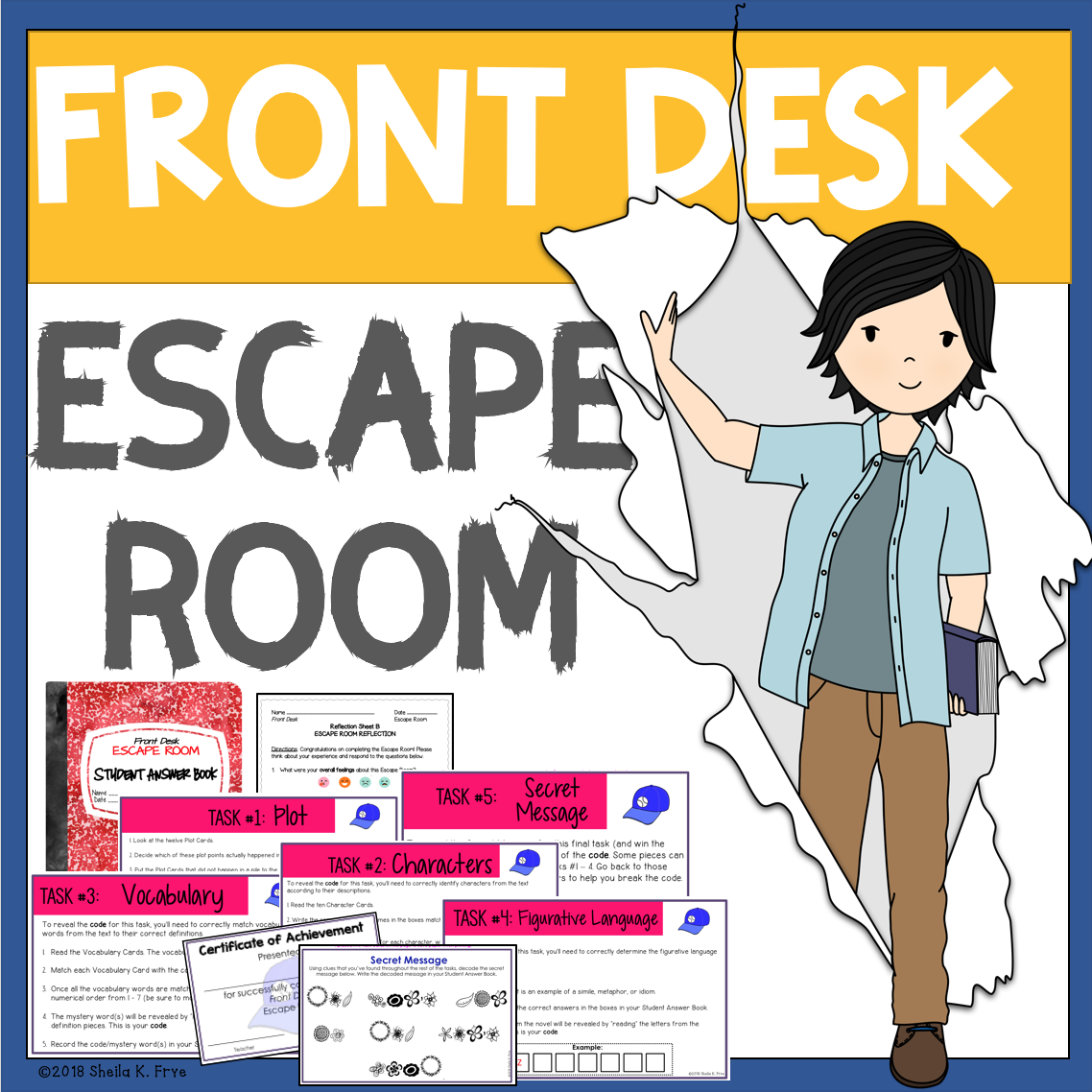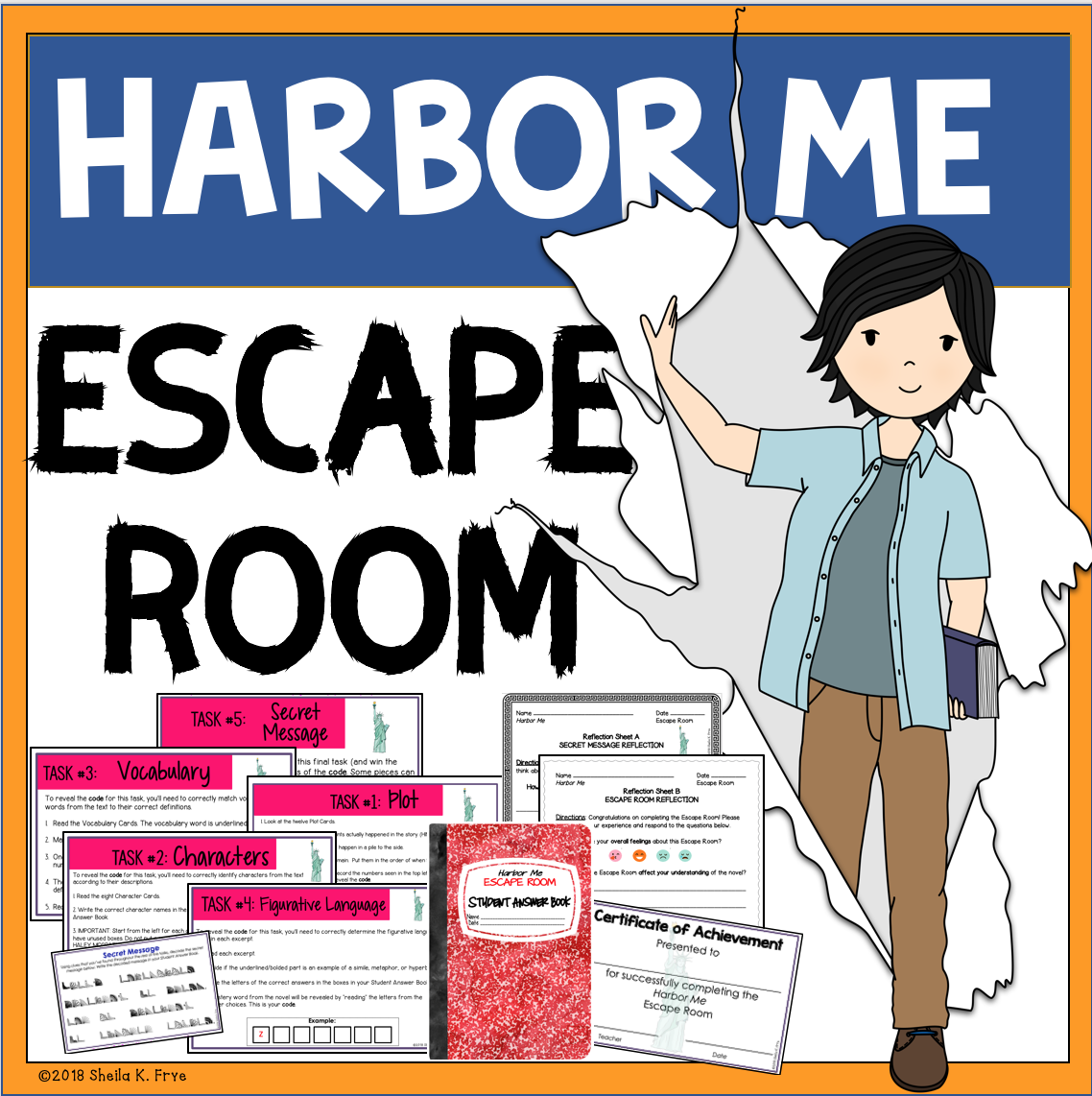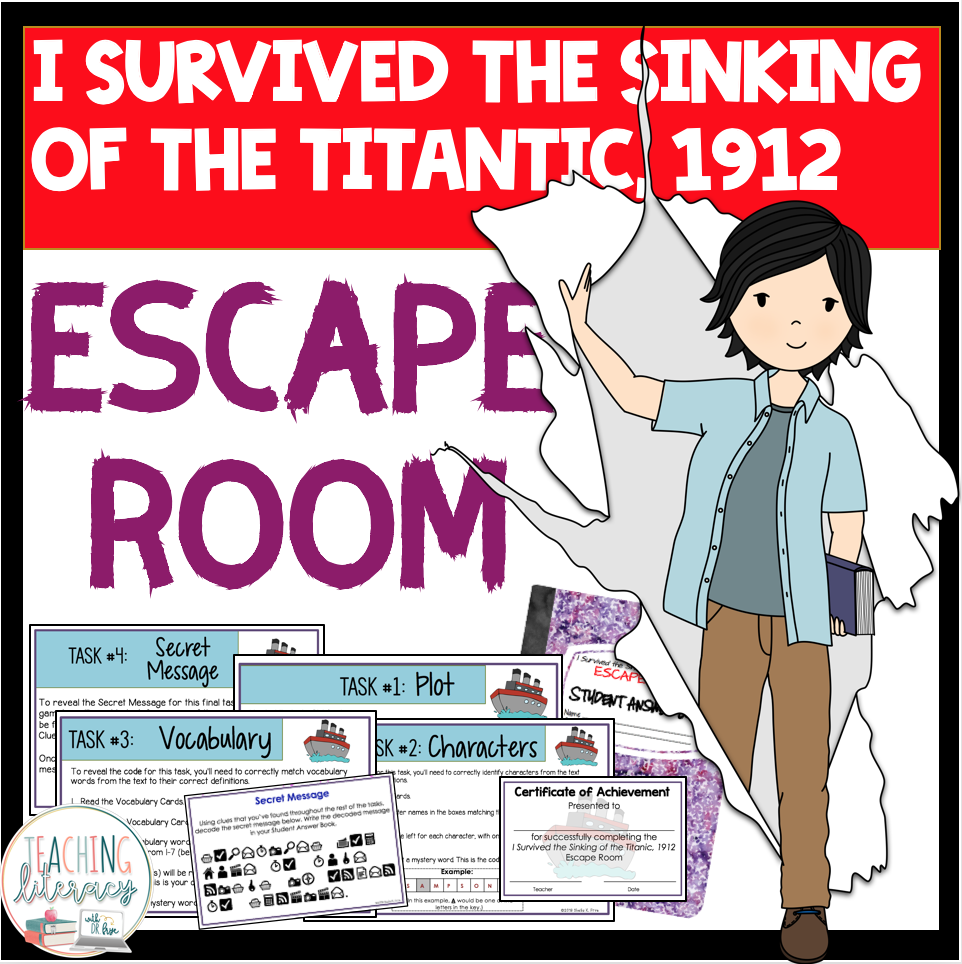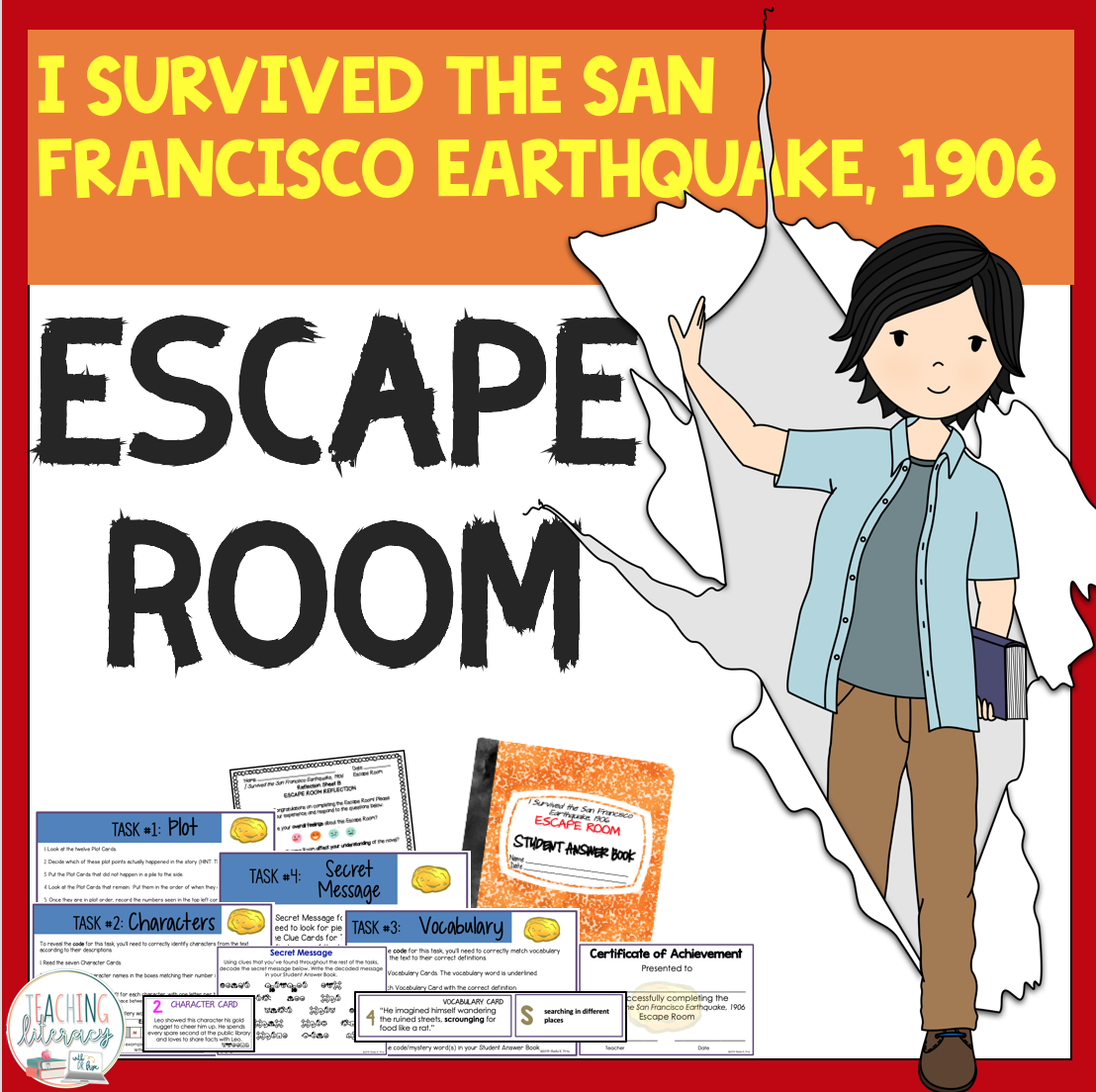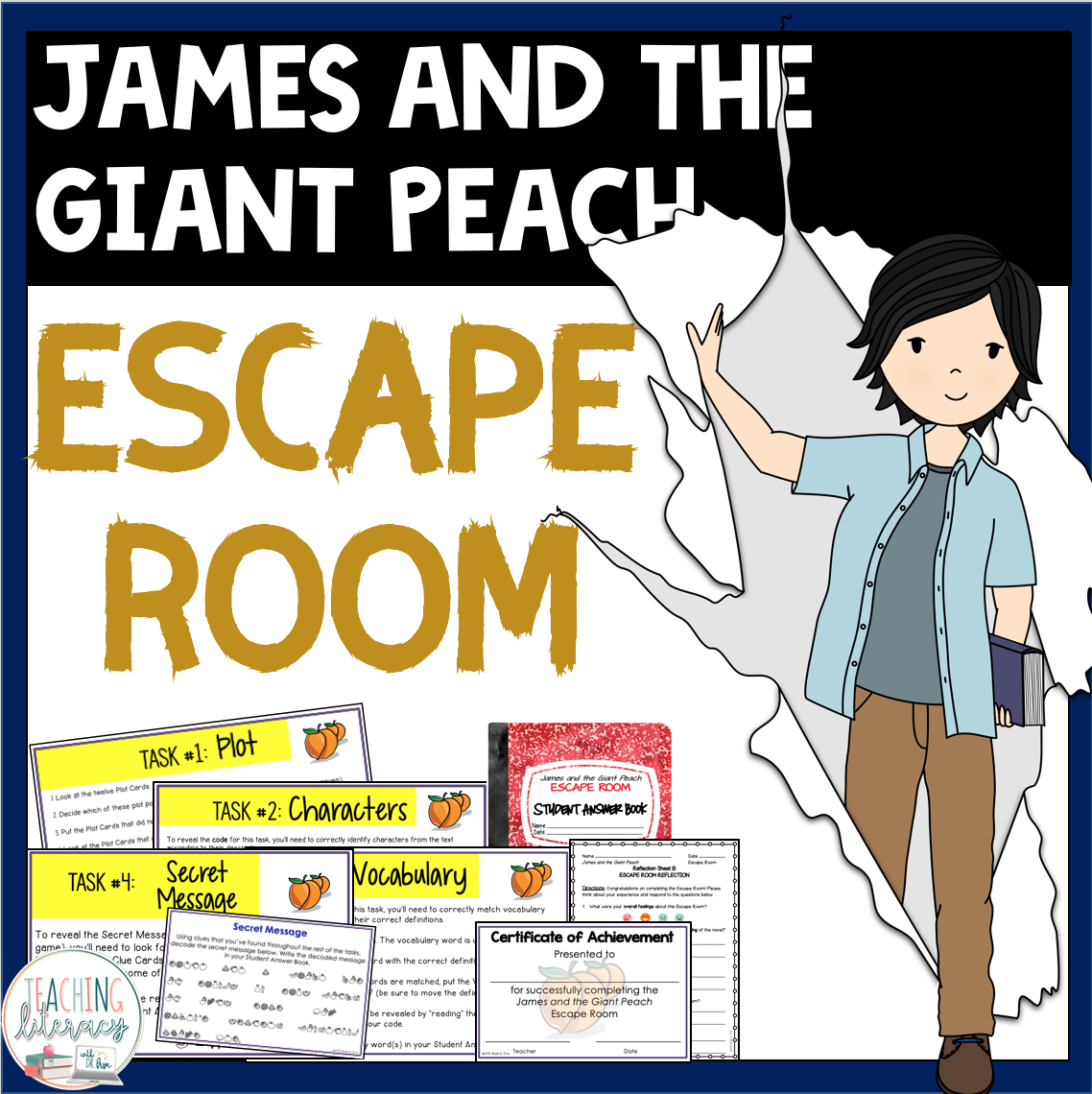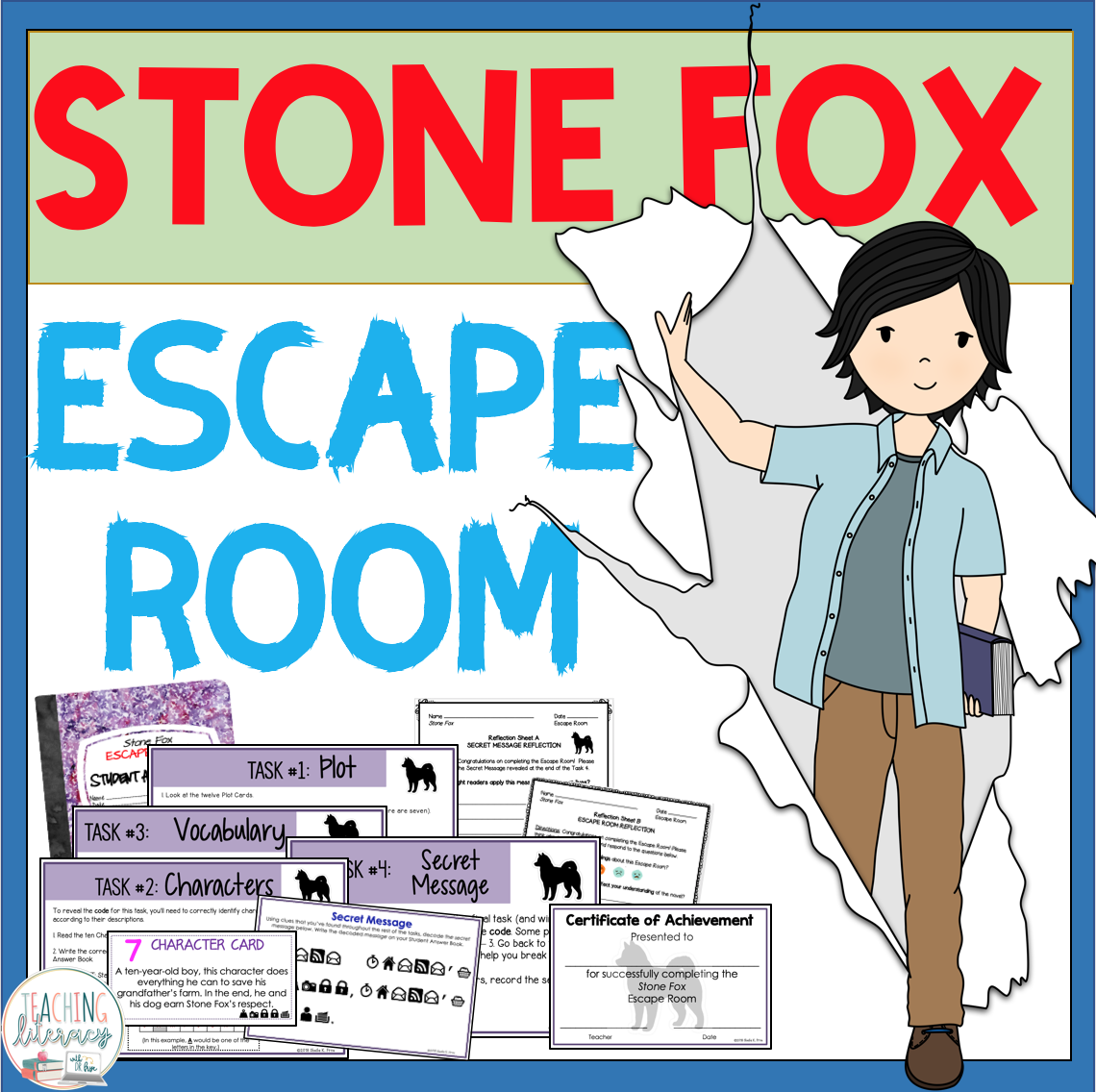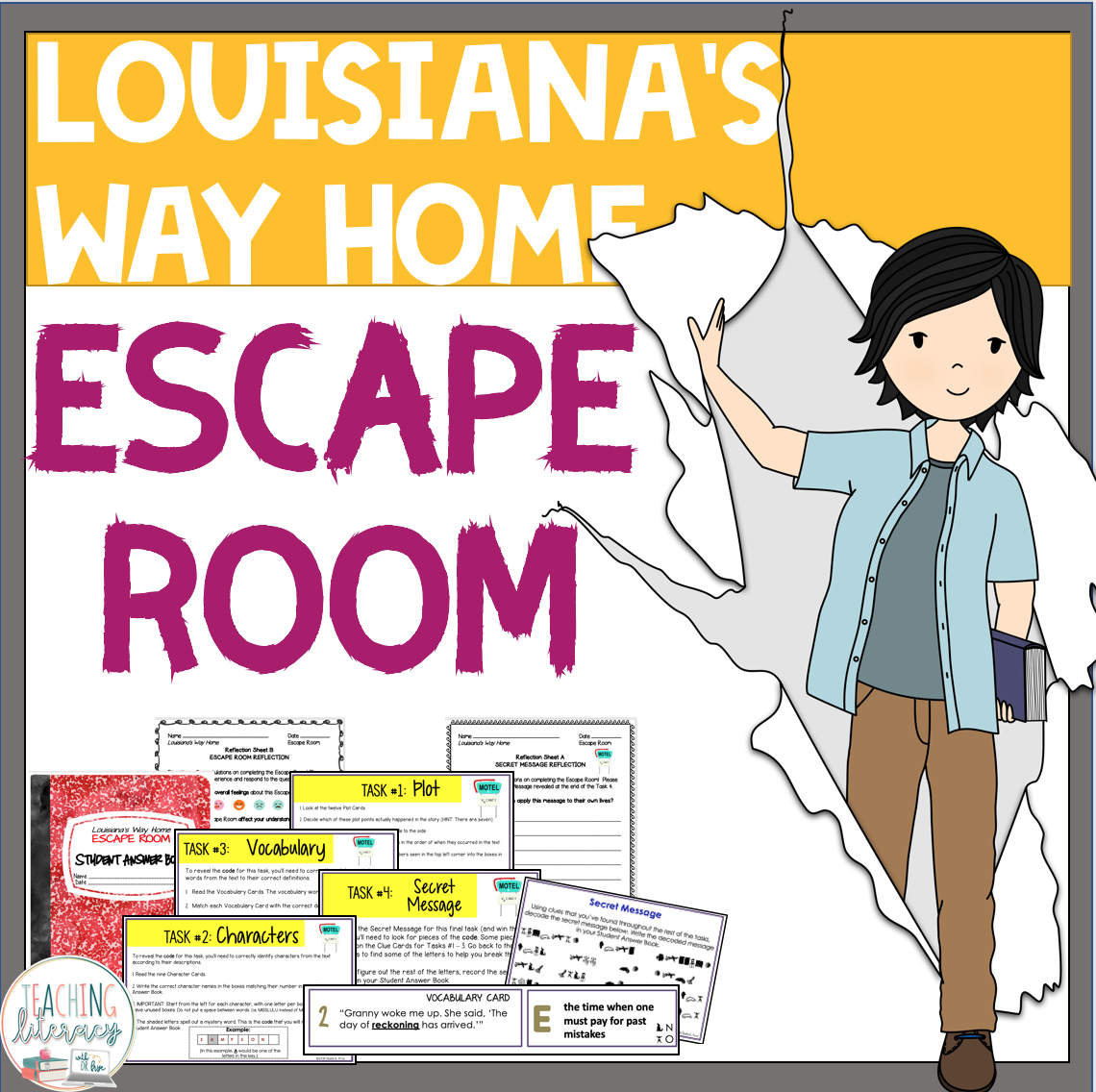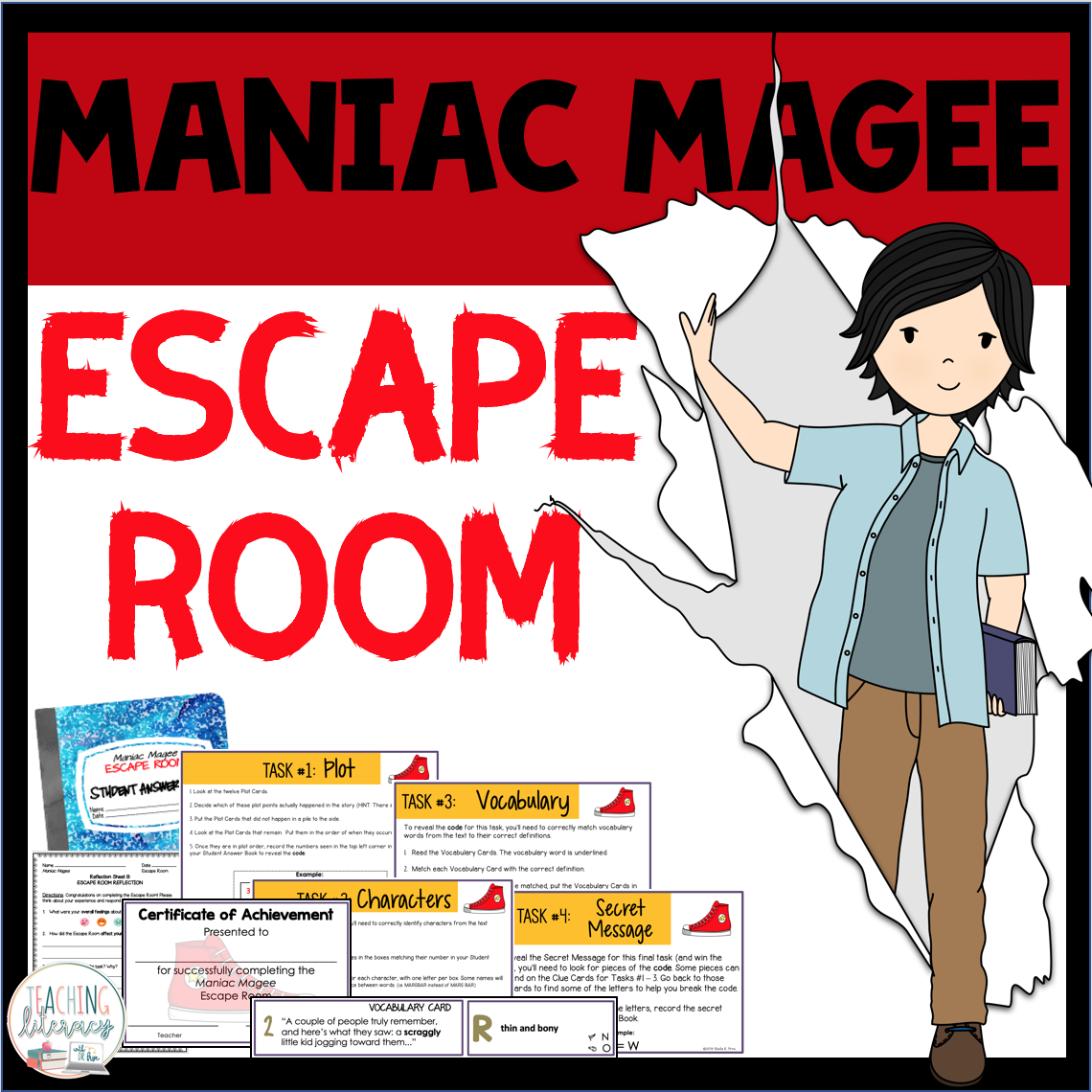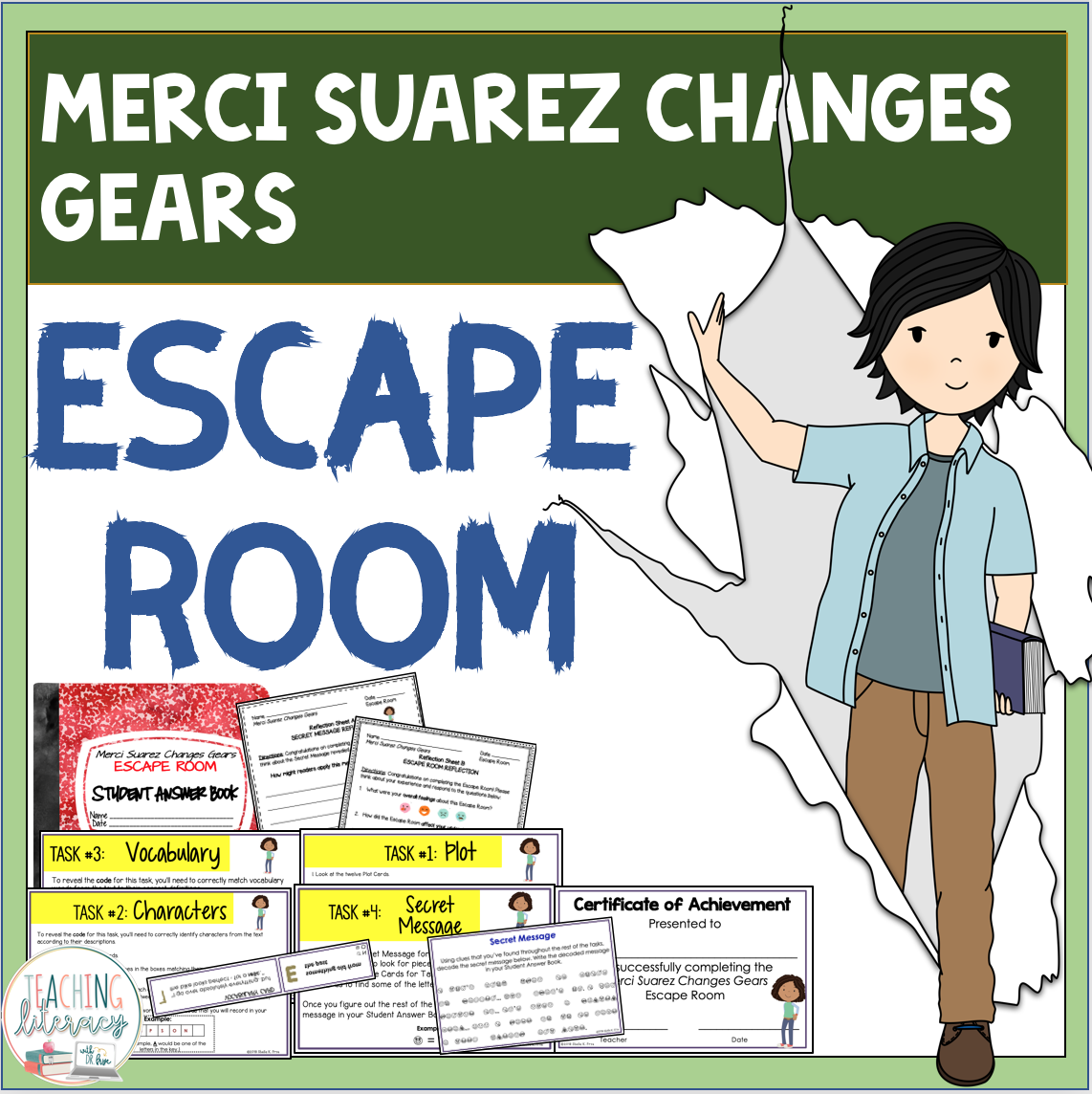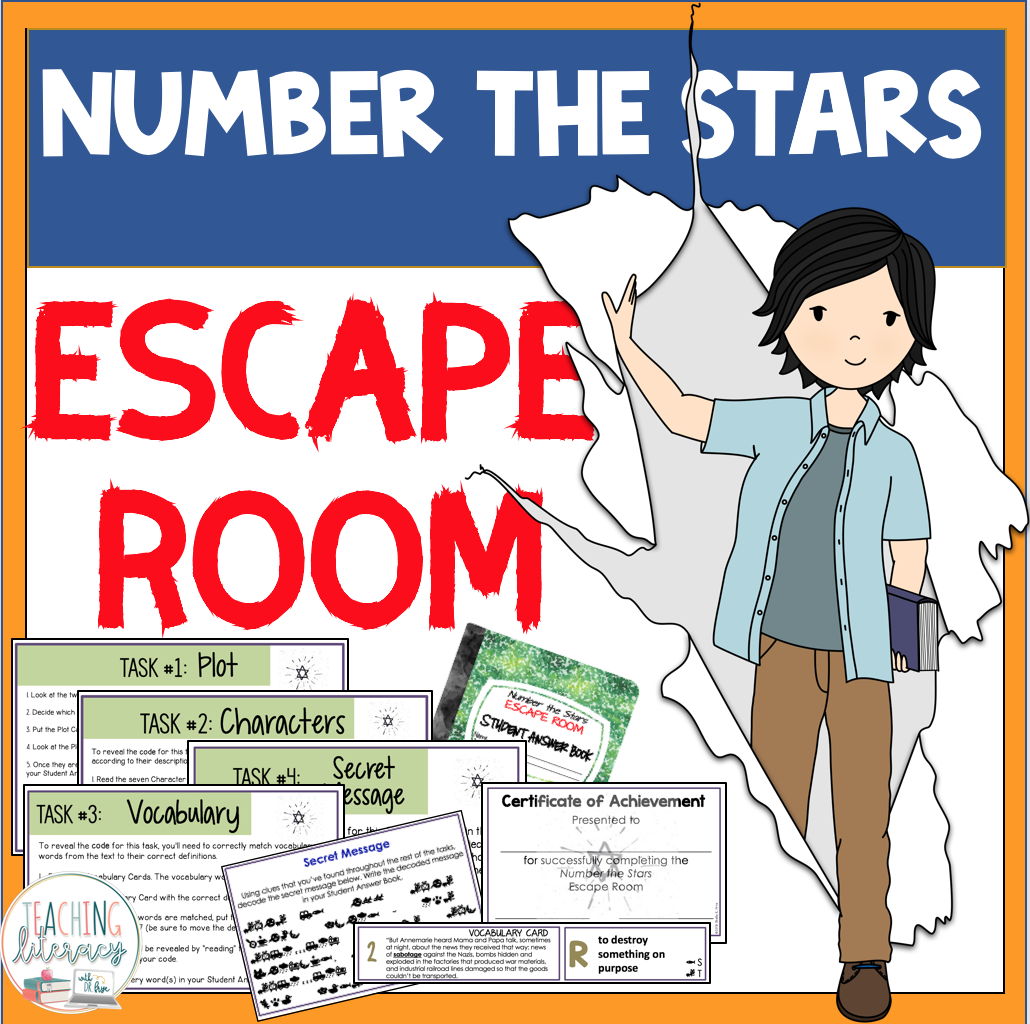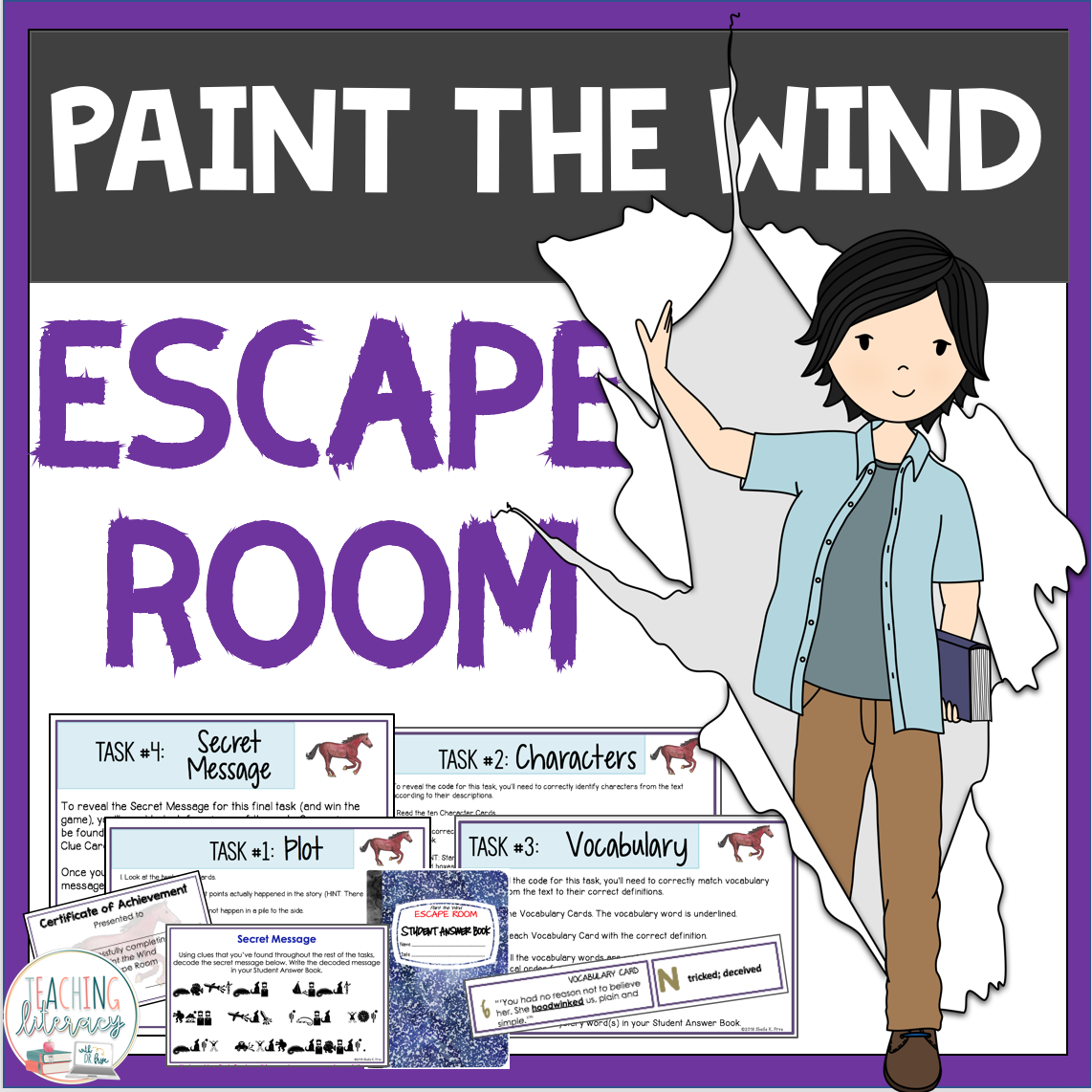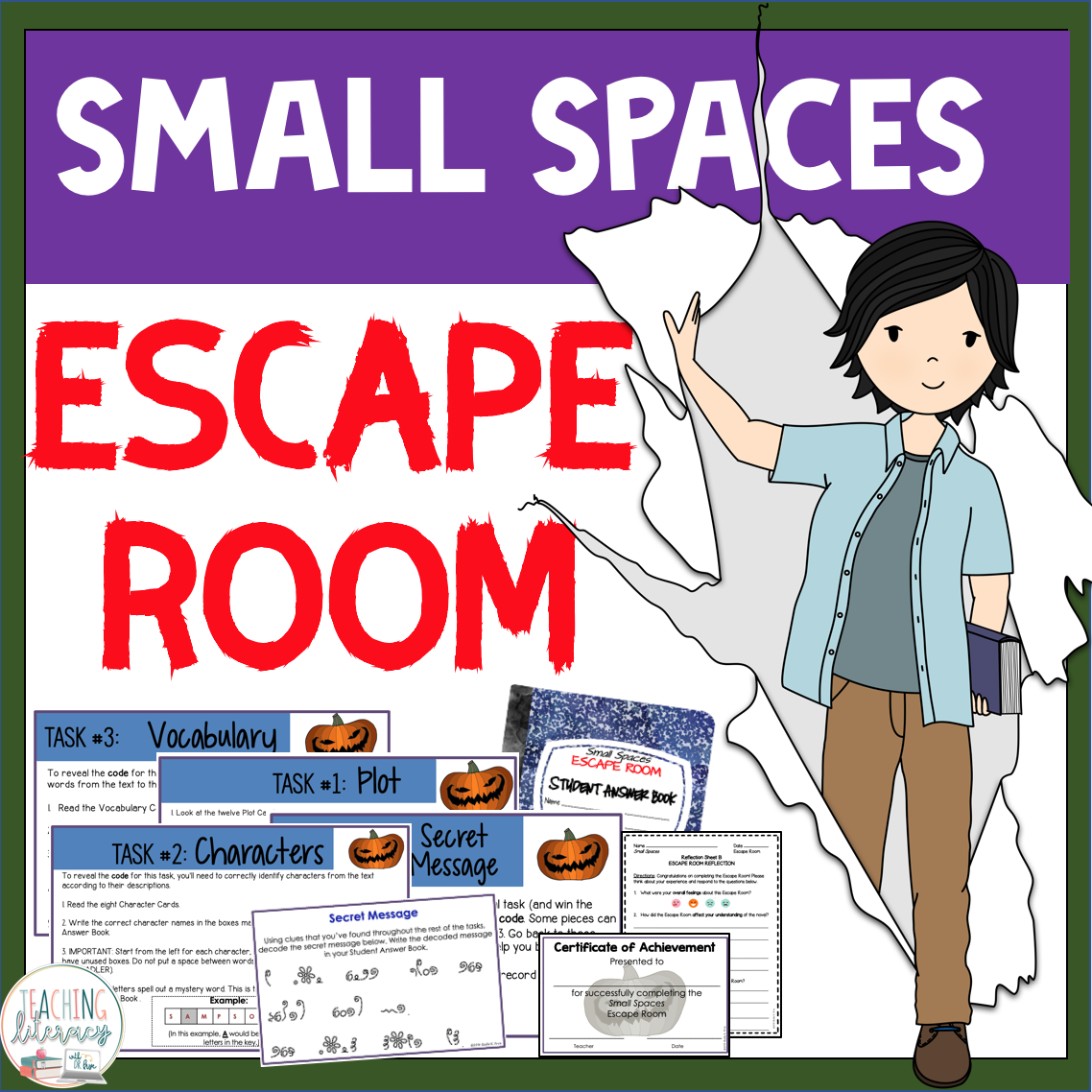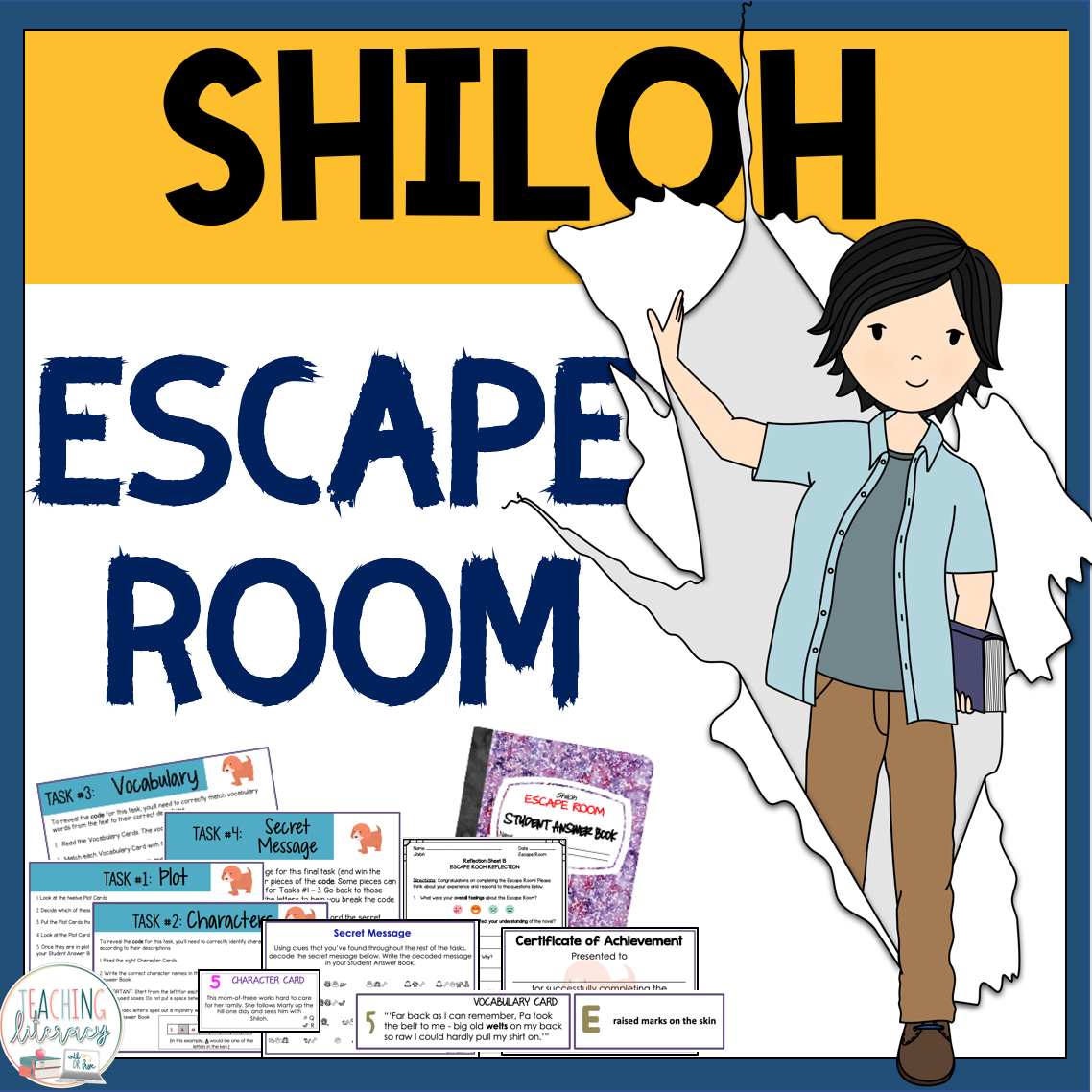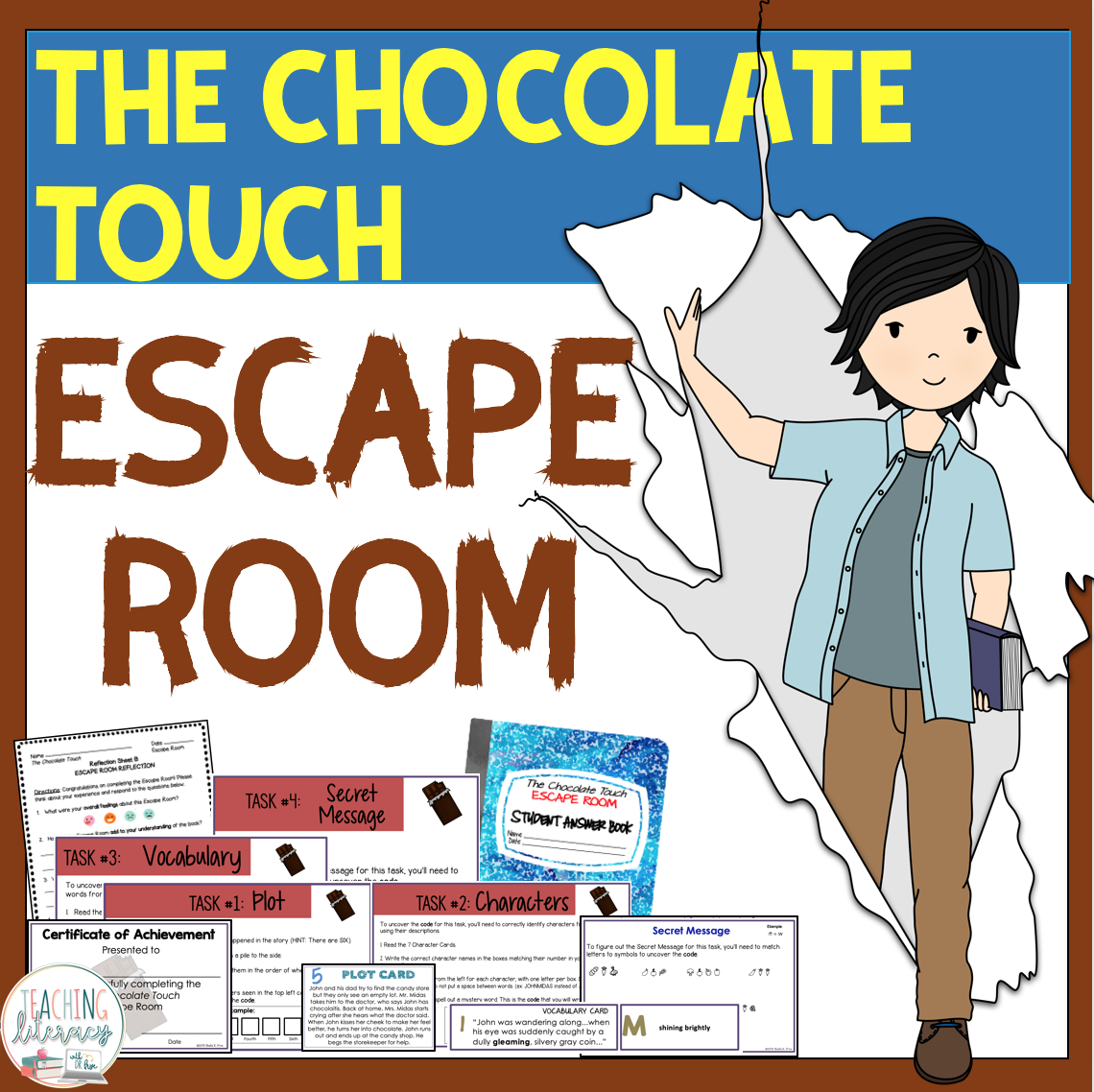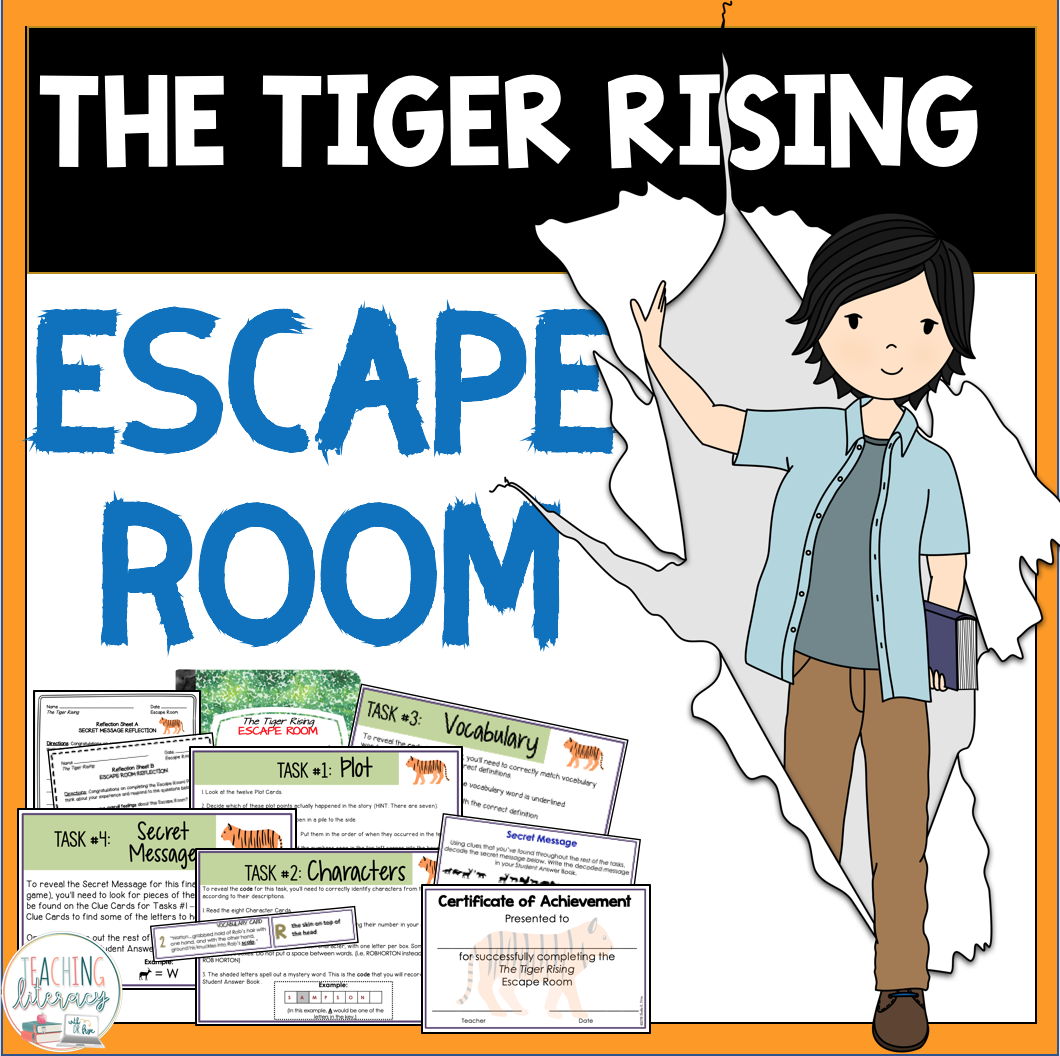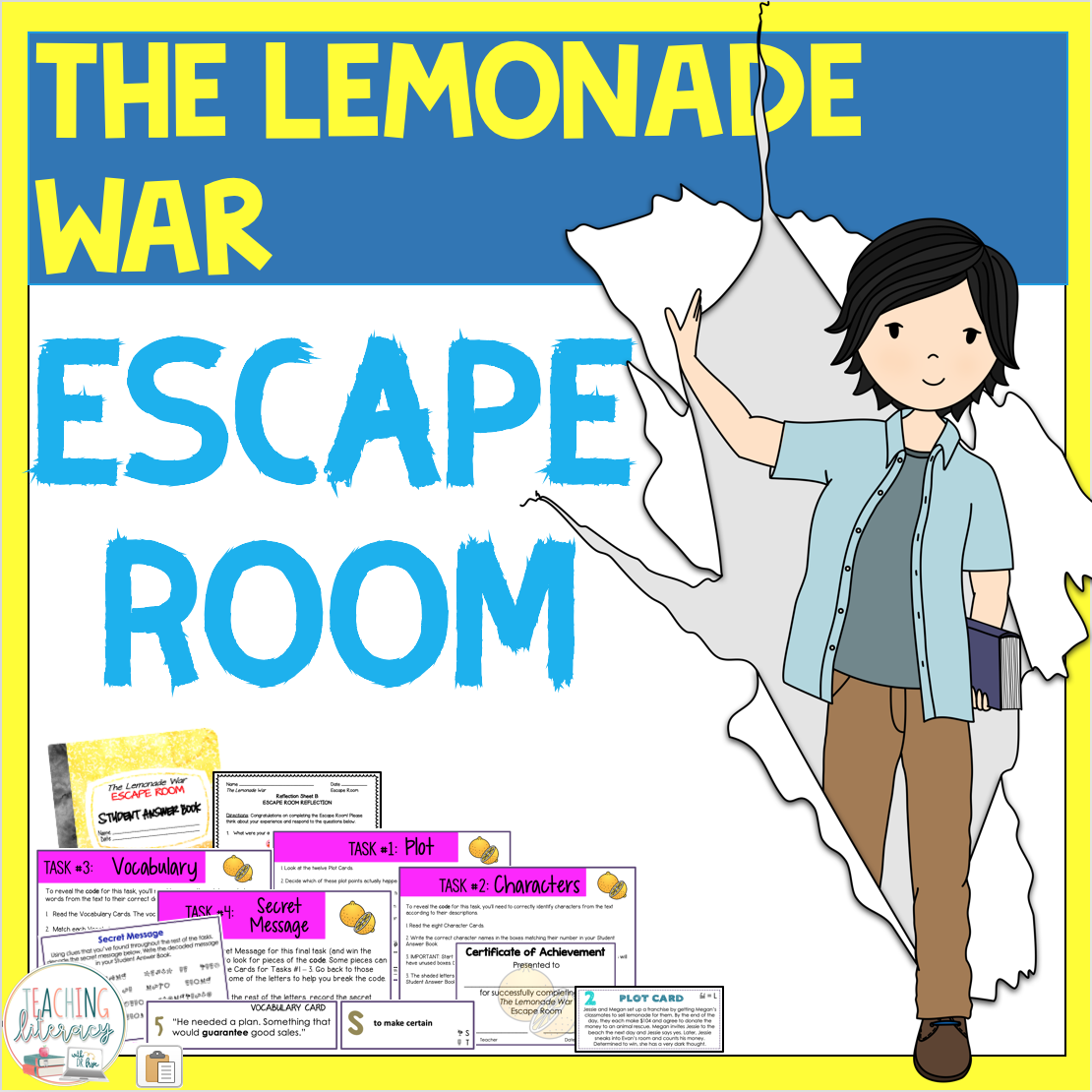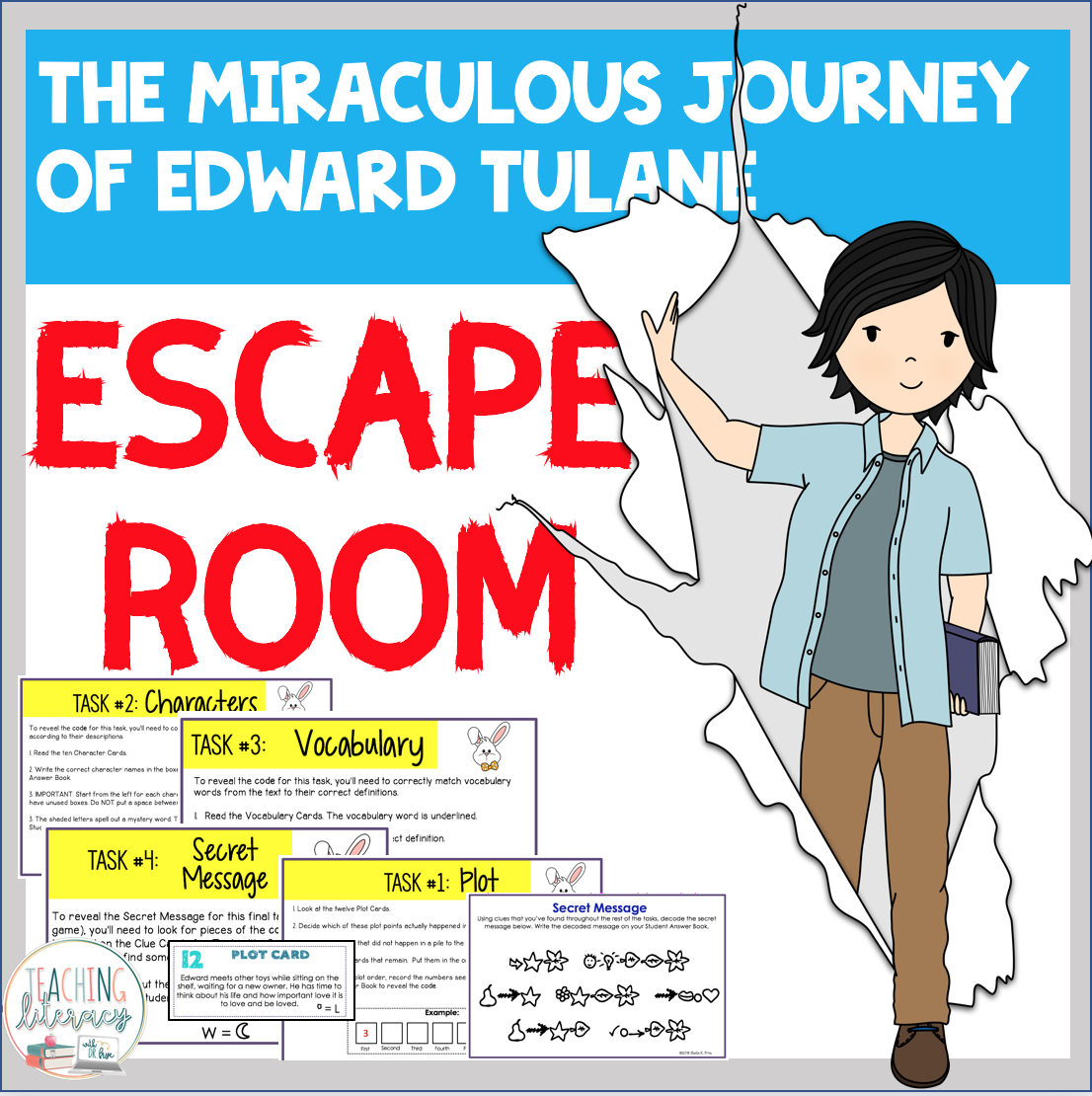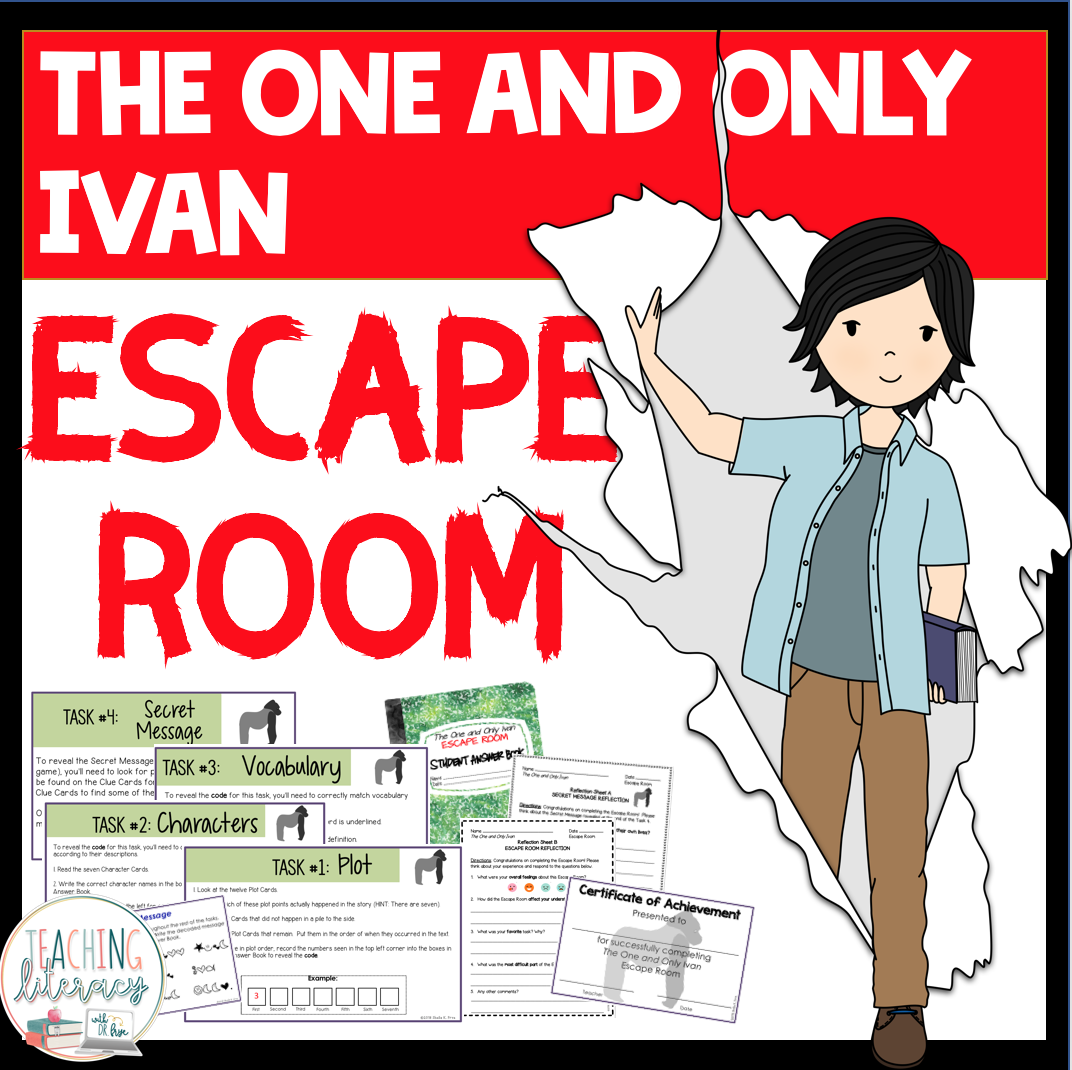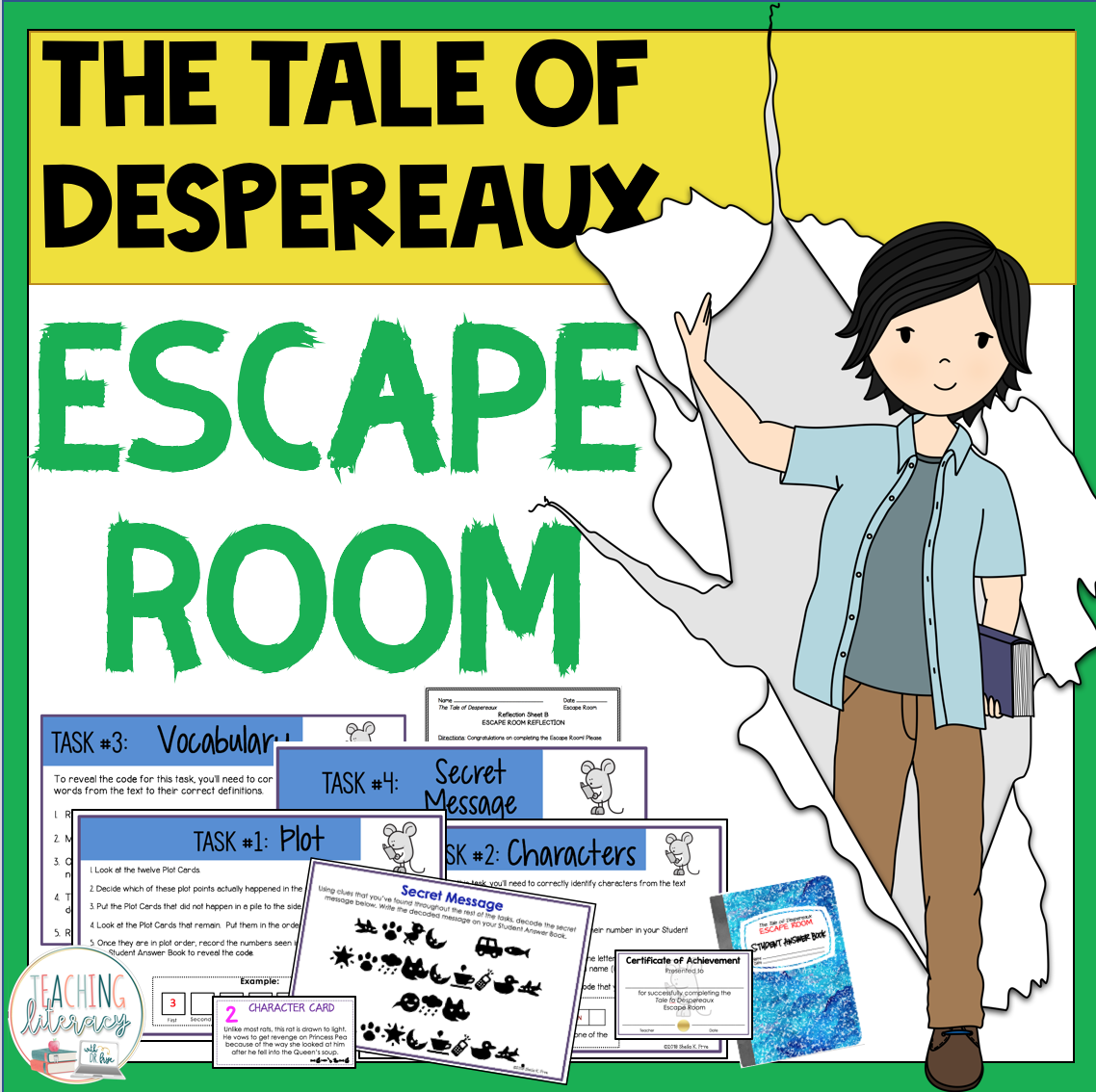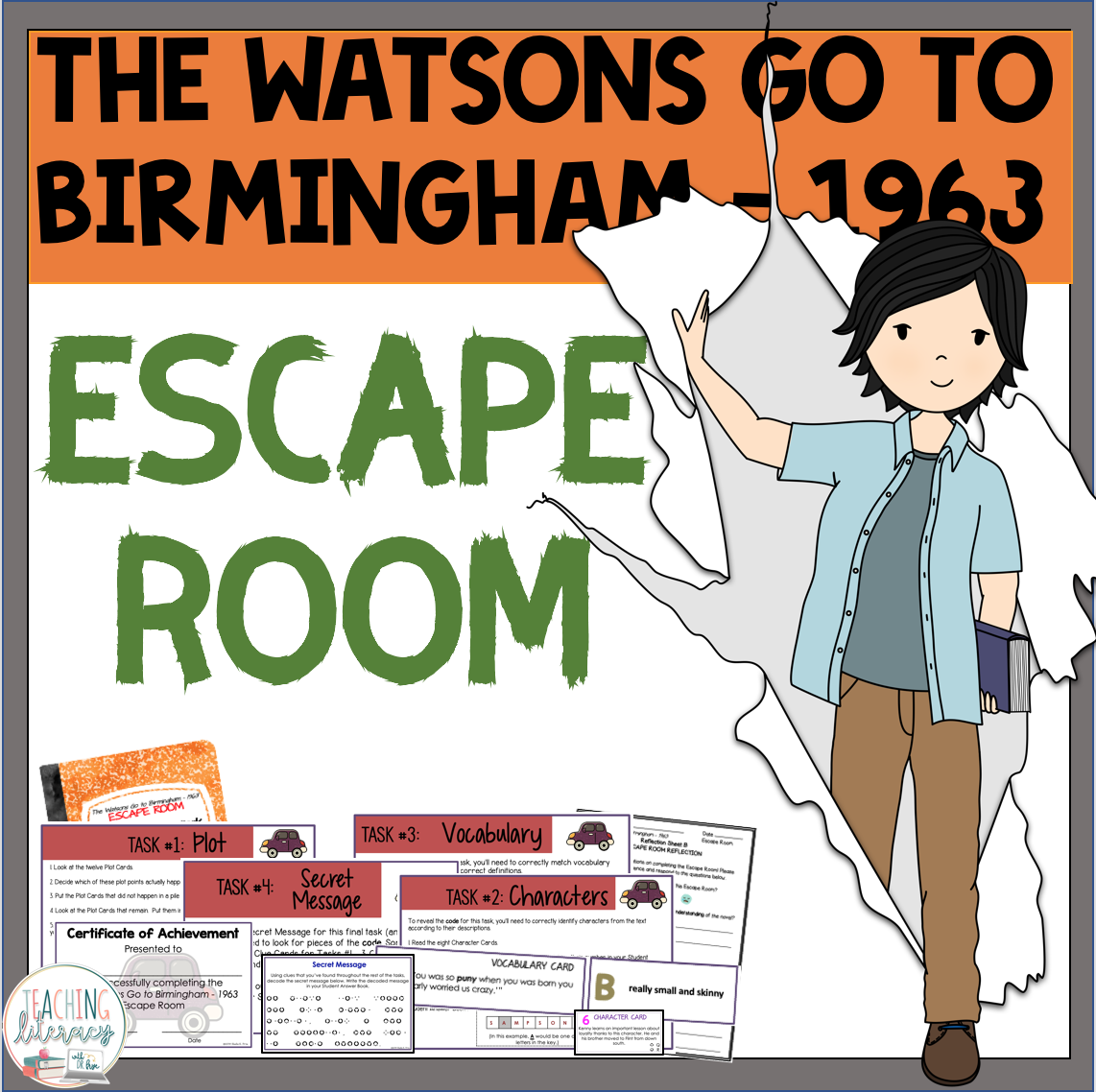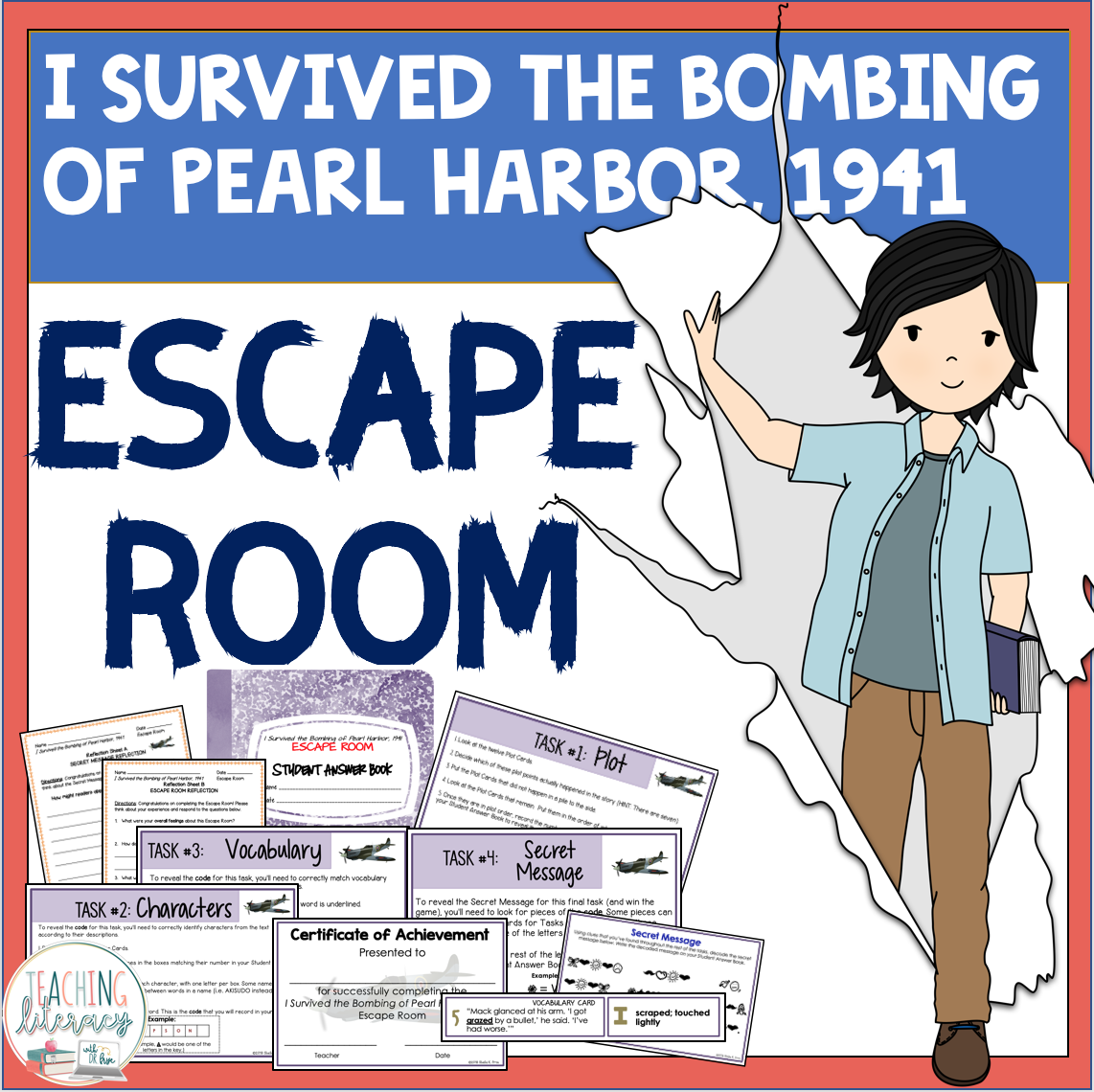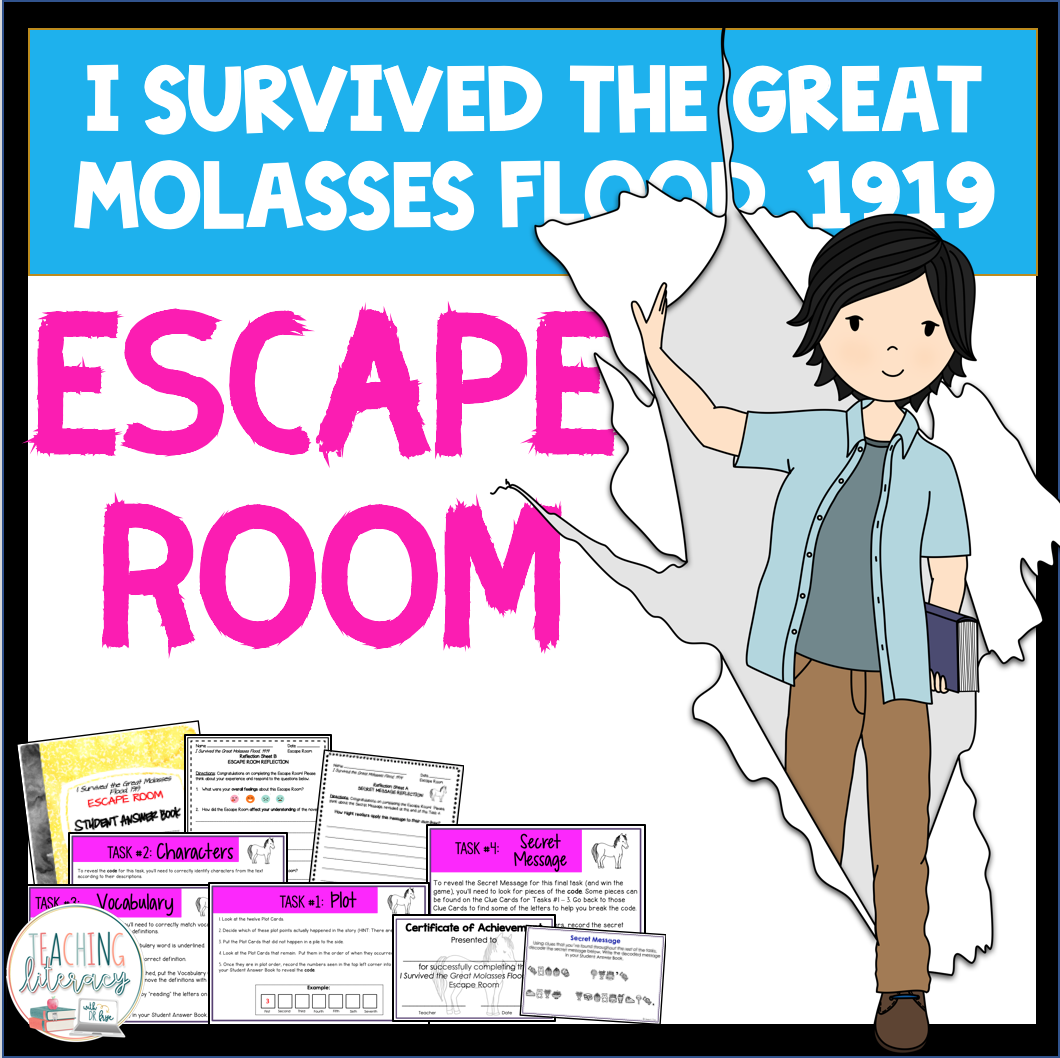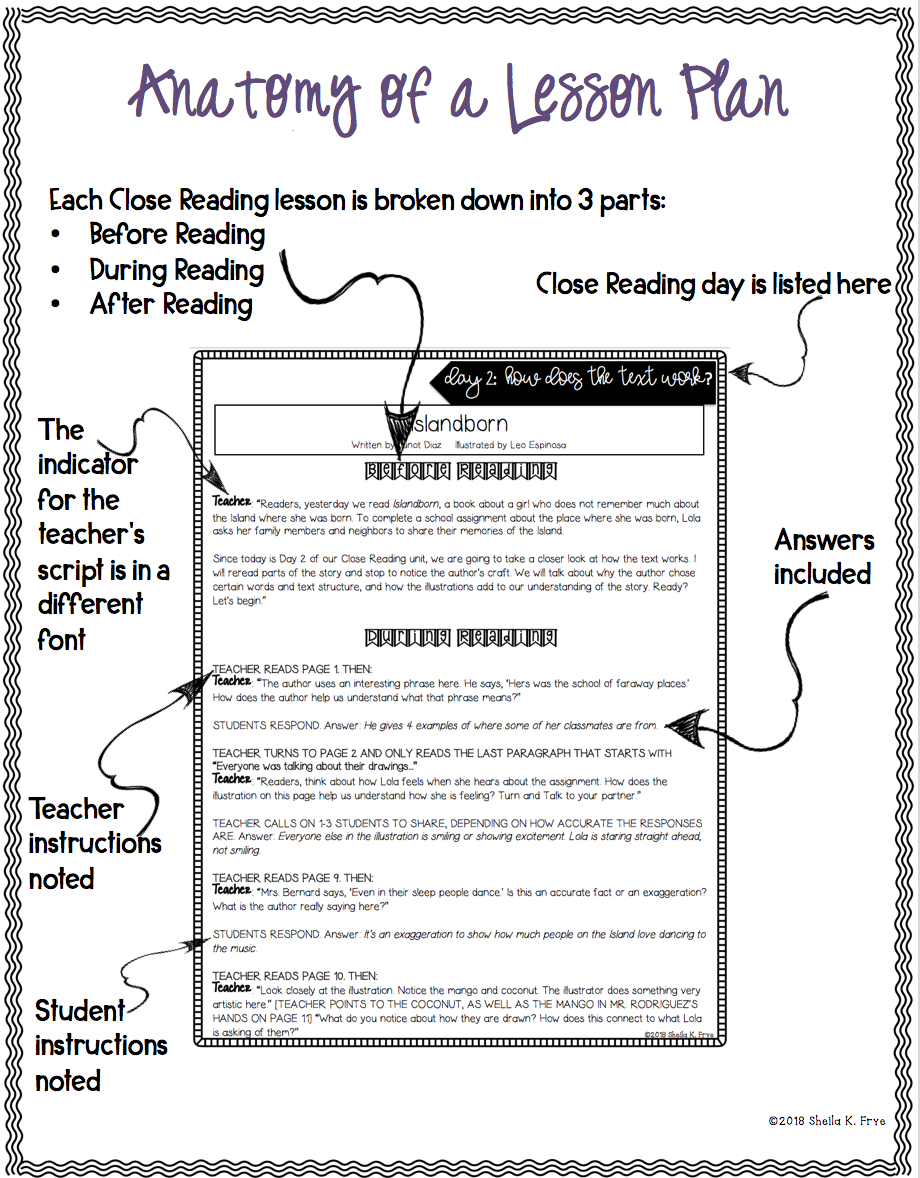Mindfulness in the Classroom
/MINDFULNESS is a way of life. Many school districts (including my own) have adopted mindfulness as a powerful tool and approach to combat toxic stress. Research has shown that a mindful mindset can help students become less anxious and more confident in the face of adversity.
Mindfulness can be introduced to students in elementary school and fully embraced as they move up into high school. There are tons of kids-centered mindfulness apps to out there, including these notable ones curated by Common Sense Media.
I have created several Mindfulness visuals that work well in the classroom, including coloring pages, posters, pennant banners, sticky notes, and bookmarks.
Any of these Mindfulness resources could be used in a variety of ways:
•Create an eye-catching “Mindfulness” bulletin board to remind students and staff to stay in the present moment
•Use them as visual references during counseling sessions
•Display them in your classroom to reinforce Mindfulness and serenity
•Utilize them as journal prompts during morning meetings
MINDFULNESS Quotes Included in These Products:
• Approach everyday things with curiosity – and savor them. - Dr. Elisha Goldstein
• When stressed out…or in doubt…look within. – Francois Lange
• Feelings are just visitors, just let them come and go. – Mooji
• You cannot stop the sea. You cannot stop the waves, but you can learn how to surf on them. – Eline Snel
• Wherever you are, be all there. – Jim Elliot
• It’s a nice feeling to just be. – Pema Chodron
• The body benefits from movement, and the mind benefits from stillness. – Sakyong Mipham
• May I quiet my words & listen. May I calm my thoughts & be. – Mary Davis
• I listen to my body. I show kindness to myself.
• Don’t let yesterday take up too much of today. – Will Rogers
• Appreciate everything, even the ordinary. Especially the ordinary. – Pema Chodron
• The more present you are, the less you miss. – Eline Snel
Yours in Literacy,
Sheila :)







